We all have at least one plant in our garden that threatens to take over. It spreads out like a carpet or pops up in random places all over the garden, and no matter how much time we dedicate to pulling it up, it still persists. In addition to how to get rid of it, we should ask ourselves, Is this plant invasive? Is it spreading into wild areas and choking out native plants?
What is an invasive plant, anyway? This invasive plants guide provides a definition of invasive plants, explains what makes a species invasive, discusses the negative impacts of invasive plants, and offers suggestions for getting rid of invasive plants. Scroll to the bottom to find a list of links to articles on invasive plants by state, so you can learn which plants are invasive in your area.
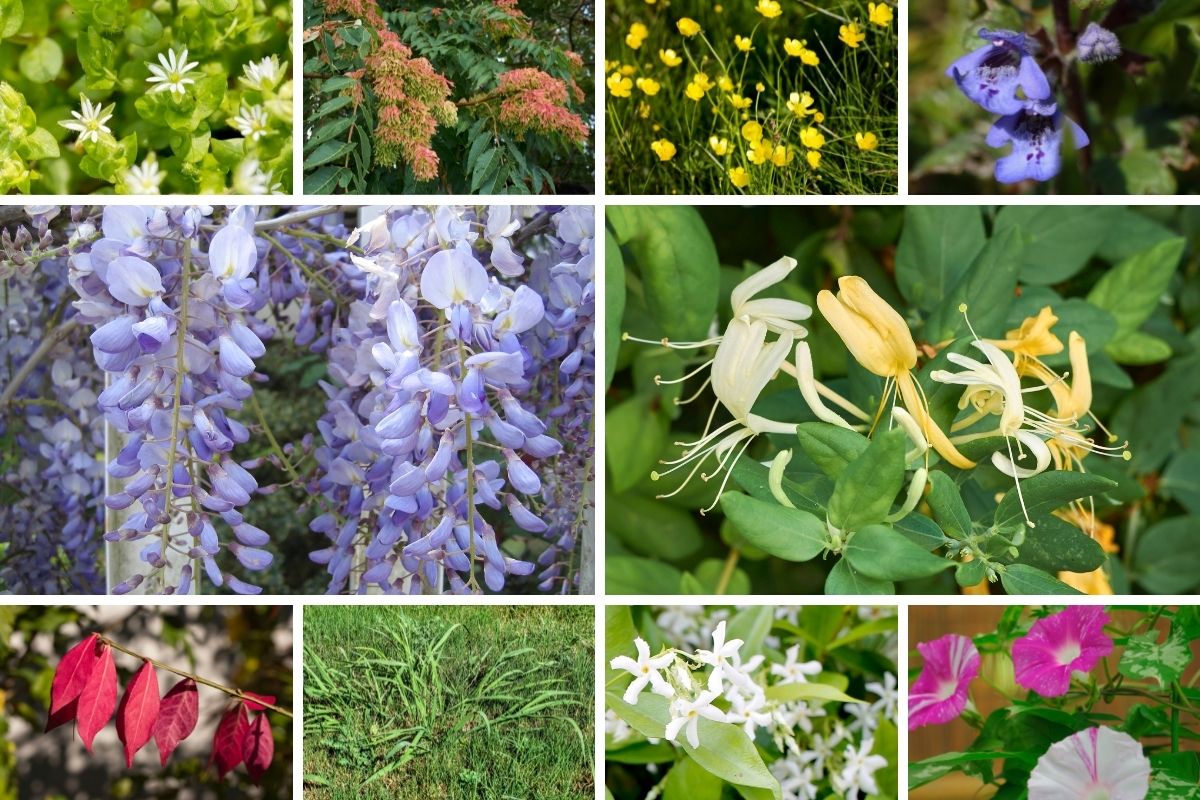
Invasive plants in my state (VA)
Invasive Plants Guide
What is an invasive plant species?
According to Invasive.org, an invasive plant is a nonnative plant that causes or will likely cause harm to the environment, economic interests, or human health. A plant is labeled “invasive” when it becomes overly aggressive, growing and reproducing rapidly and significantly disturbing the area around it.
Not all exotic species are invasive. But while only a small percentage of non-native species eventually become invasive, it is difficult to predict whether a species will become invasive when first introduced. Those that do earn the “invasive” label wreak havoc in many ways and are difficult to remove.
Why are invasive plants harmful?
In the garden, you likely have observed an exceptionally aggressive plant take over a bed, possibly outcompeting other plants for space and resources. Where you once had a nice variety, you now have a dense population of one plant, perhaps peppered with a few sickly specimens of other species struggling to hang in there. When you try digging it out, you find removing every piece of living root nearly impossible, or it reseeds so readily that it pops back every year despite your best efforts.
You can begin to see why invasive plants are such a problem in the wild. When introduced to a new area, invasive plants lack the competitors, parasites, diseases, etc., that keep them in check in their natural habitat. As a result, these plants grow and spread unchecked, outcompeting, and displacing native species. A once-diverse patch of wildflowers becomes a carpet of a single invasive plant species.
Not only do invasive plants cause environmental harm, but they can also negatively impact agricultural crops, aquatic environments (and thus the fishing industry), and even human-made structures. Some invasive plants are toxic to livestock or people.
Threats to native wildlife
When an invasive plant species takes over an area, it outcompetes the native plants that provide food and habitat for native wildlife. It might even cause harm more directly by disrupting vital functions of the ecosystem like nutrient cycling, water flow, and soil decomposition.
Some invasive plants are toxic to wildlife, but since the plants are not native, the animals do not know they should avoid eating those plants.
How invasive species spread
Many invasive plant species are introduced intentionally, such as for ornamental or agricultural purposes. The people who initially introduce them do not realize that the plants will become invasive, but they eventually escape cultivation and spread in the wild. Other species may be introduced accidentally, such as when seeds “hitchhike” in freight or even on travelers’ clothing.
Depending on the type of plant, invasive plants spread in different ways. Some spread via rhizomes and others through airborne seeds.
Birds eat the berries of fruiting invasive plants and deposit the seeds miles away. People, too, spread invasive plants, whether knowingly or not.
Some invasive species are still sold as ornamental garden plants, and well-intentioned gardeners thus plant a noxious weed in their gardens.
What can gardeners do to curb the spread?
As gardeners, we have the privilege and responsibility to steward plants, both native and introduced. While we enjoy watching an exotic plant thrive in our garden, we must ensure our hobby does not harm the world around us. How can we enjoy gardening without guilt? First, do no harm:
1. Avoid planting invasive species
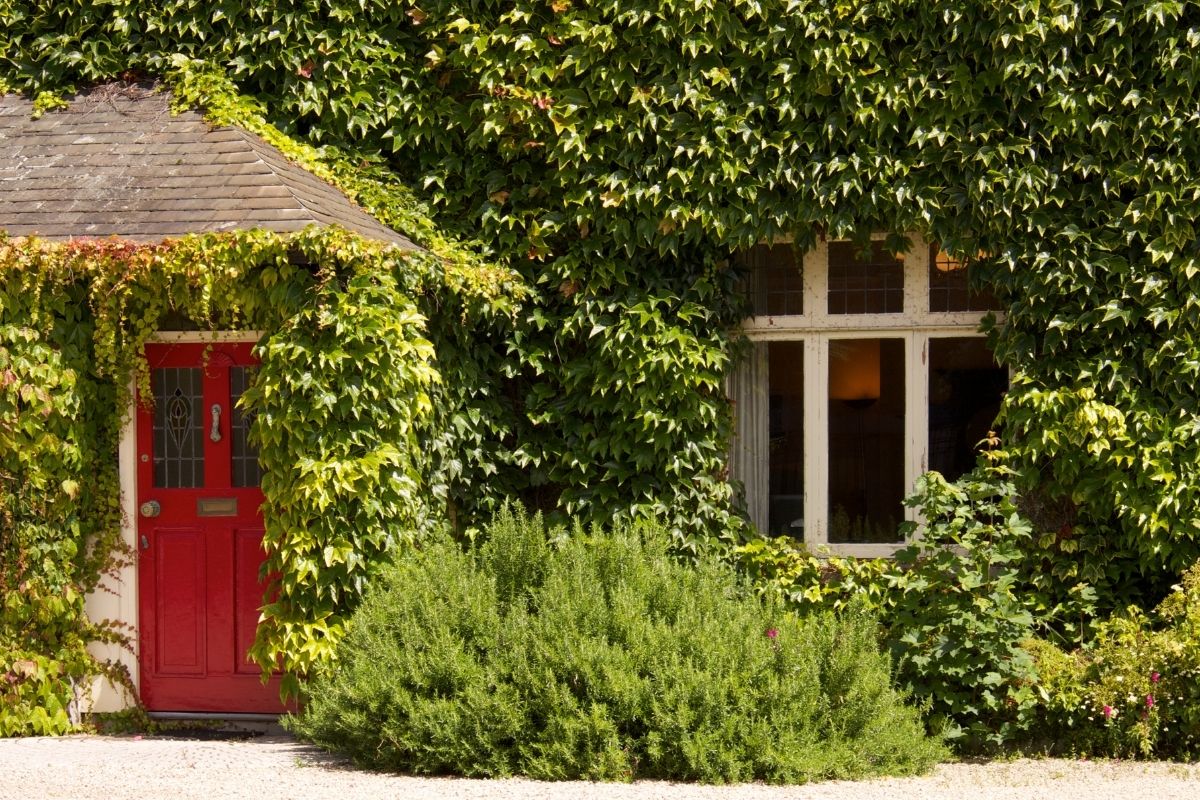
When considering introducing a new plant to your garden, whether through a purchase or through cuttings or seeds from a friend, do a bit of research first. A quick search online will reveal whether the plant in question is considered invasive in your region. To simplify things, bookmark a list of invasive species in your state, such as the ones listed below or the handy map provided by the University of Georgia’s Center for Invasive Species and Ecosystem Health.
2. Remove invasive plants
This action is a bit more involved but hugely important. If you haven’t already, make a list of all the plants in your garden, then look up each one to see if it is considered invasive in your area. Alternatively, you might read through a list of invasive plants in your state and see if you have any of them in your garden. This might be a good activity for a rainy day or during the winter.
If you discover that you do have invasive plants, take steps to remove them. Depending on the specific plant, you might pull, dig, or cut it down and paint the stump with herbicide. Particularly stubborn species can require multiple purgings before they finally stop popping up in your garden.
3. Choose native plants
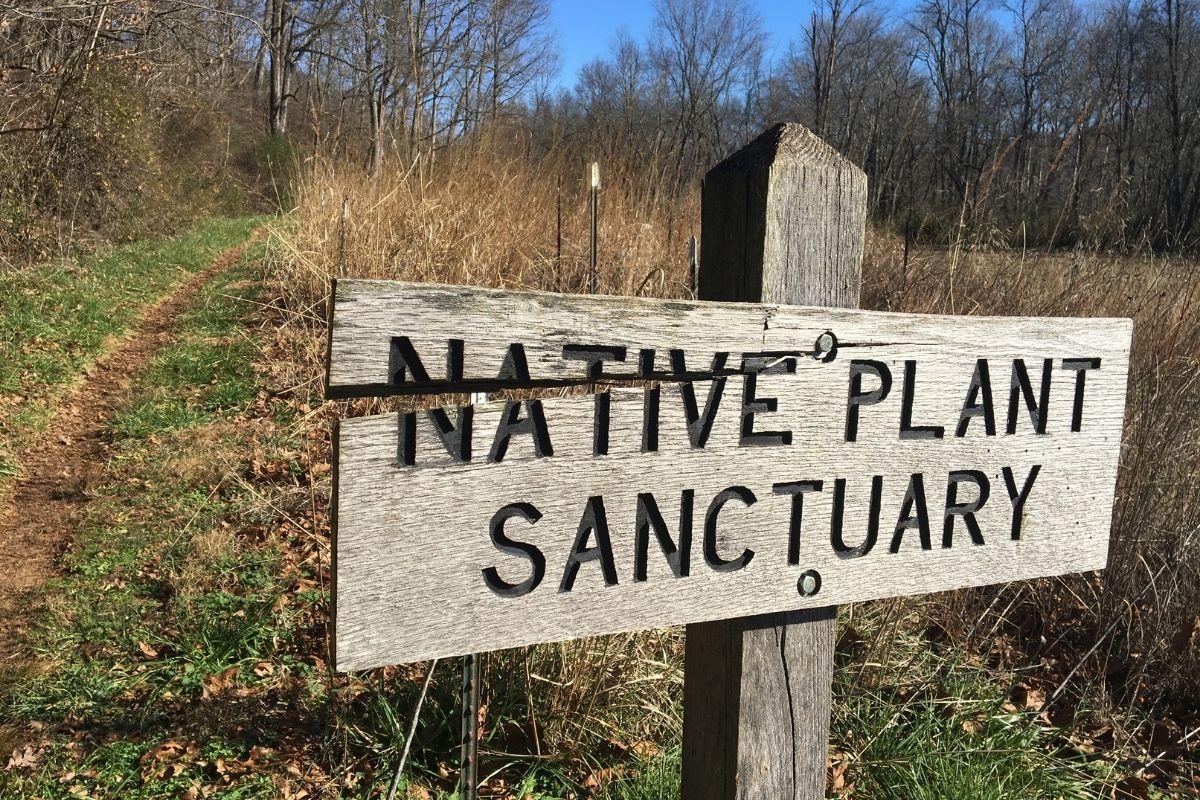
While many introduced plants can be safely planted in your garden without aggressively spreading, the best options are native plants. Plants endemic to your region are well adapted to your growing conditions and thus will thrive in your garden with little care. They also provide food and habitat for native pollinators and other wildlife.
If you have discovered that a beloved plant is invasive, consider its qualities that you most appreciate and look for a similar native replacement. For example, American bittersweet might replace nandina with its crimson berries, or American wisteria the fragrant flowers and vining habit of Japanese wisteria.
Invasive plant disposal
A quick note on disposing of invasive plants that you remove from the garden: It is important to dispose of invasive plants properly, as doing so incorrectly can result in the plants spreading and undoing all of your hard work. Different species will have different removal and disposal methods, so make sure to do your research.
In general, most invasive plants should be burned or securely bagged and taken to the landfill. Those that only spread through seed may be composted if removed before flowering.
Invasive Plants by State
Which plants are invasive in your state? Find out with one of our handy lists below ( we will be adding these slowly over the next few weeks)! From alligatorweed to tallowtree, Alabama has been infested with some 380 invasive plants. Learn about the 14 worst invasive plants in the state, how to control each of them, and what to Learn about invasive plants in Alaska and help protect the incredible biological diversity of "The Last Frontier" by planting beautiful natives instead. Choose native over invasive plants to support the wonderful ecosystems in Arizona. With so many beautiful options to choose from, it's easy to be a native plant steward in this incredible Rather than despair over the numerous invasive plants invading Arkansas, focus on the beauty of the many native plants the state has to offer. If you have one of these invasive plants in your garden, replace it with a spectacular alternative! Nearly 200 nonnative plants cause havoc in California ecosystems. Discover 16 of the worst offenders, some of which might be hiding in your backyard, as well as a host of beautiful native plants to nurture instead. As a gardener and plant steward, you can help fight invasive plants in Colorado by replacing them with some of the many beautiful plants native to your state. With 97 invasive plants in Connecticut alone, it's easy to despair over the situation. But don't fret: learn how to identify and remove some of the worst invasive plants in your state, and fill your garden with native plants instead! Learn to identify 11 of the 37 invasive plants recently prohibited in Delaware, and discover twice as many beautiful natives to grow instead! More than 160 invasive plants threaten Florida's native habitats. Learn about some of the worst and take Help protect the biodiversity of Georgia by learning to identify and properly control some of the worst invasive plants in the state and replacing them with native alternatives. Help protect Hawaii's unique biodiversity by learning how to identify and control some of the worst invasive plants in the state, as well as which native plants to grow instead. Help curb the spread of noxious weeds in Idaho by learning how to identify invasive plants in your outdoor space, and which native plants to replace them with The Illinois Exotic Weed Act currently regulates 26 invasive plants in the state. Learn how to identify and While invasive plants make up a small percentage of plants in Indiana, they create a disproportionately large amount of havoc. Learn about some of the most common invasive garden plants in Indiana, so you can help prevent any in your landscape from spreading and causing damage. Learn how to identify and remove some of the worst invasive plants that threaten Iowa's ecosystems. In their place, you can grow and nurture plants endemic to your area. With more than 2,200 native plant species in the state, there's a lot to love about the flora of Kansas. Protect the biodiversity of the prairie by learning how to identify and control invasive plants that threaten native ecosystems. Take the first step in fighting Kentucky's 145 invasive plant species by learning how to identify and control With its abundant sunshine, warm climate, and plentiful rain, Louisiana, unfortunately, provides favorable growing conditions for invasive plants. Learn about nine of these noxious weeds and how you can help control them, as well as 18 native species to grow instead. Help protect the 1,500 native plants of Maine by learning to identify and control some of the worst invasive plants that threaten the diverse habitats of this state. Uncover invasive plants in Maryland and learn to control them effectively to protect Maryland's landscapes from ecological harm. Learn how to identify and eliminate these harmful invasives species in Masachussetts for a healthier ecosystem. Learn about the ecological consequences of these invasive Michigan plants and the effective strategies for control and prevention. Explore tips and resources to control and prevent the spread of MN invasive species and safeguard your landscape today! Discover the impact of invasive plants in Mississippi and learn how to tackle them effectively. Explore Missouri's battle against invasive plants. Gain insights into their ecological consequences and unlock effective management techniques. Many of the invasive plants in Montana don’t look like weeds. Some might be growing in your garden or wildflower meadow as seemingly innocent flowers or other ornamental plants. Learn more about these and the many natives you can replace them with. Invasive plants are threatening Nebraska's biodiversity. Explore eco-conscious methods to combat their spread and replace them with native species that are just as beautiful and invite wildlife. To help guard against the damage of these non-native weeds, learn how to identify them and discover which beautiful and beneficial native plants to grow in their place. Learn how to identify some of the most common invasive plants in New Hampshire so you can replace them with beautiful, beneficial native plants. To help you begin distinguishing plant friend from foe, the following list includes some of the top invasive plants in New Jersey still commonly available for purchase. Read on to learn more about invasive plants in New Mexico and how you, as a gardener, can help protect native ecosystems. In addition to degrading ecosystems, invasive plants in New York also have a negative effect on the economy as they impact agriculture, outdoor recreation, and other sectors. It’s important to be able to recognize common invasive plants in North Carolina so you can help curb their spread and preserve the natural heritage of this beautiful state. As a gardener, you can help control the spread of invasive plants in North Dakota by learning to identify these 13 noxious weeds. The invasive plants in Ohio threaten native plants and wildlife, especially endangered species, with their unchecked, aggressive growth. Invasive Plants by State
grow instead.
desert state.
steps to fight these aggressive weeds in your own garden, replacing them with beautiful native plants.
control each of these species (grouped by genus), and plant similar native plants in your garden instead.
11 of the worst invasive plants in the state. As an added bonus, this list includes 22 alternative native plants to grow instead!
Invasive plants in Oklahoma
Invasive plants in Oregon
Invasive plants in Pennsylvania
Invasive plants in Rhode Island
Invasive plants in South Carolina
Invasive plants in South Dakota
Invasive plants in Tennessee
Invasive plants in Texas
Invasive plants in Utah
Invasive plants in Vermont
Invasive plants in Virginia
Invasive plants in Washington
Invasive plants in West Virginia
Invasive plants in Wisconsin
Invasive plants in Wyoming
How to get rid of buttercups in your lawn.
Invasive plants are a significant problem, posing major threats to native wildlife and ecosystems. But knowledge is power, and educating yourself and others is the first step toward eradicating noxious weeds. Learn about invasive plants in your state, identify any in your garden, and finally, take action to remove and replace invasive species with native plants.
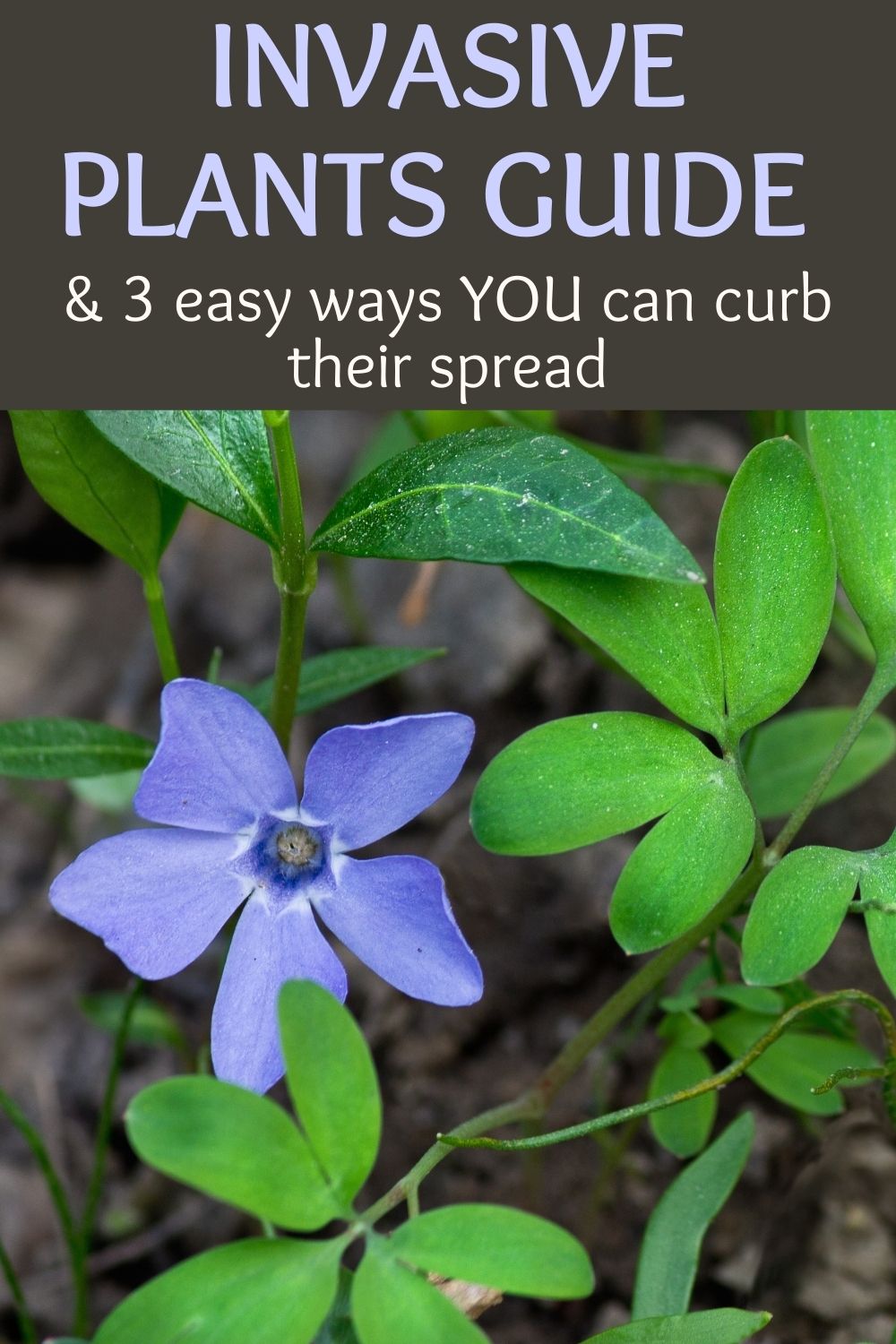

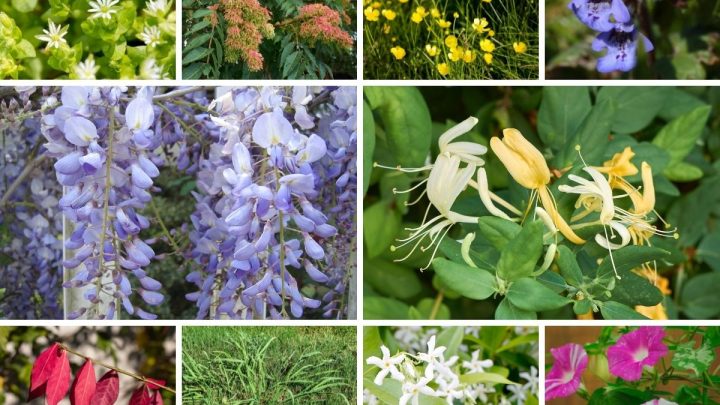
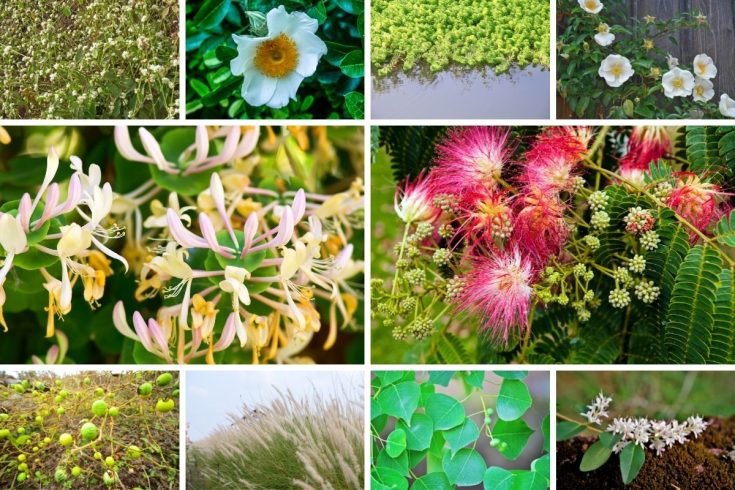
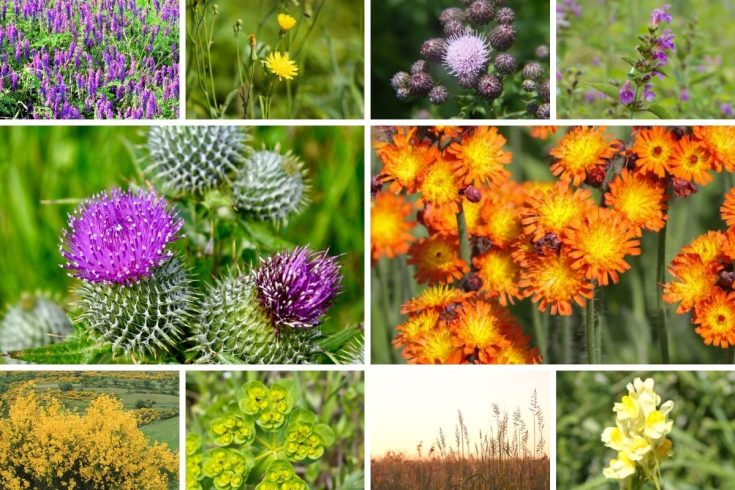
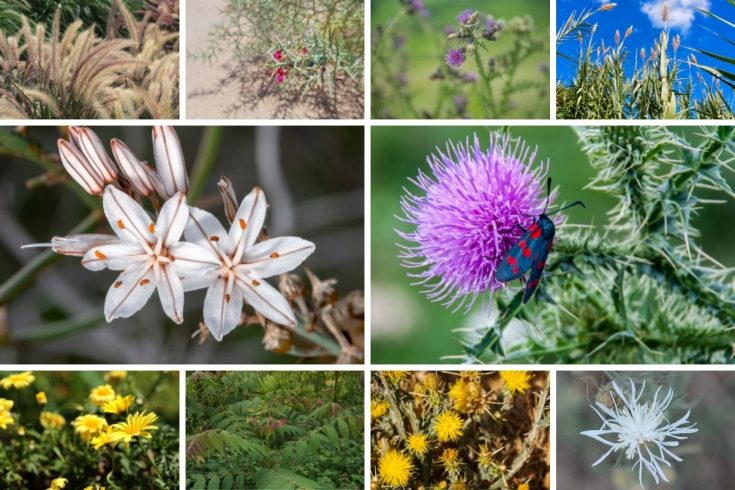
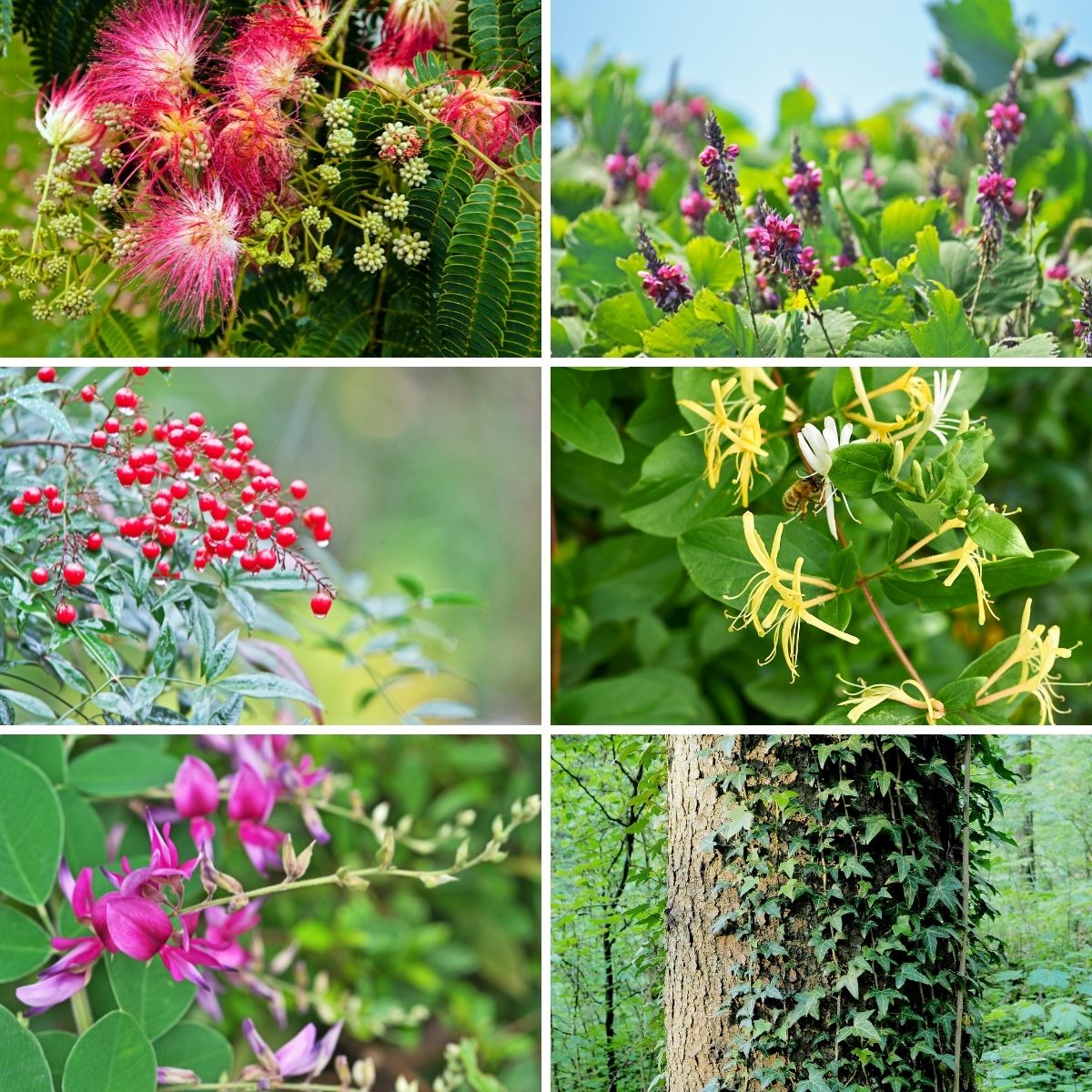
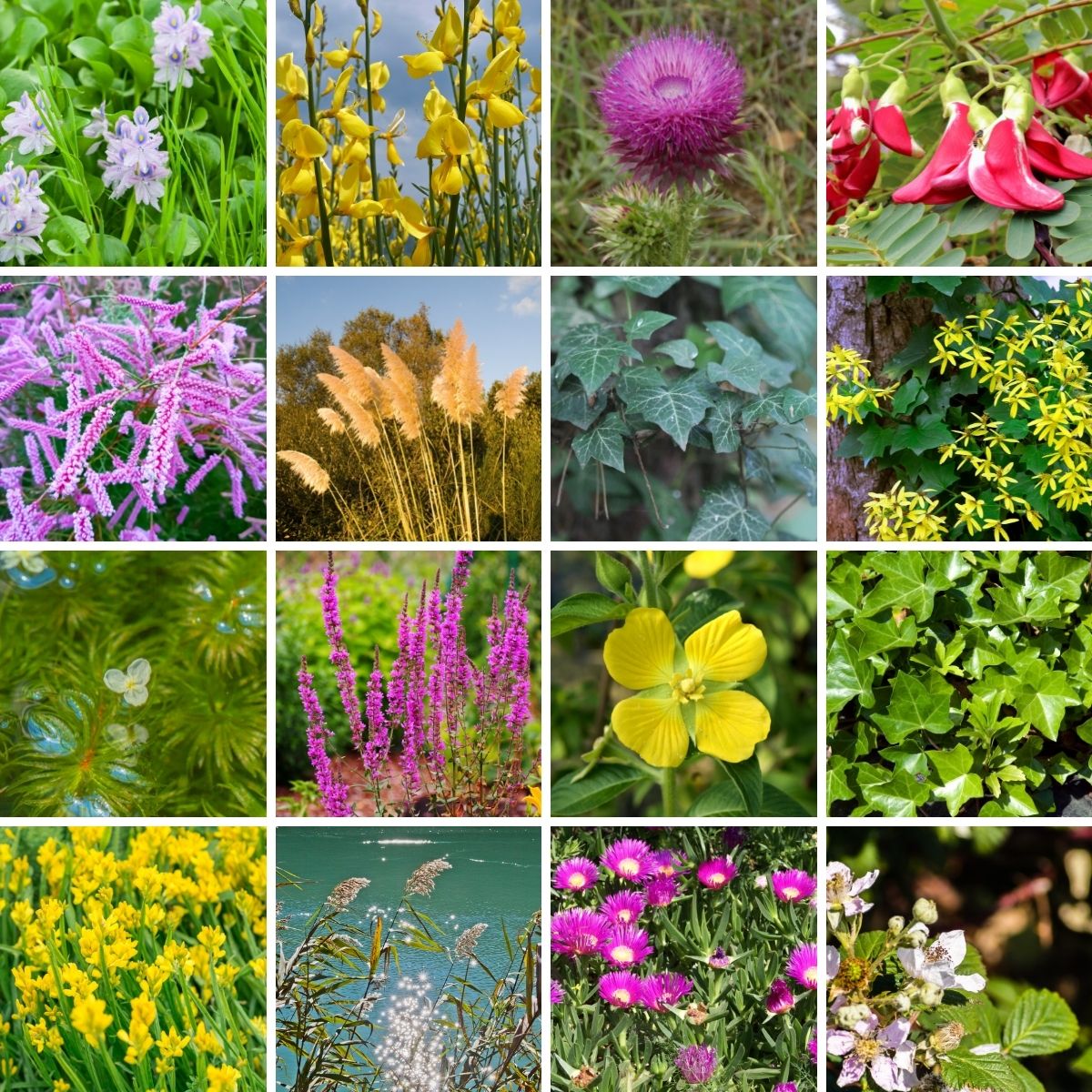
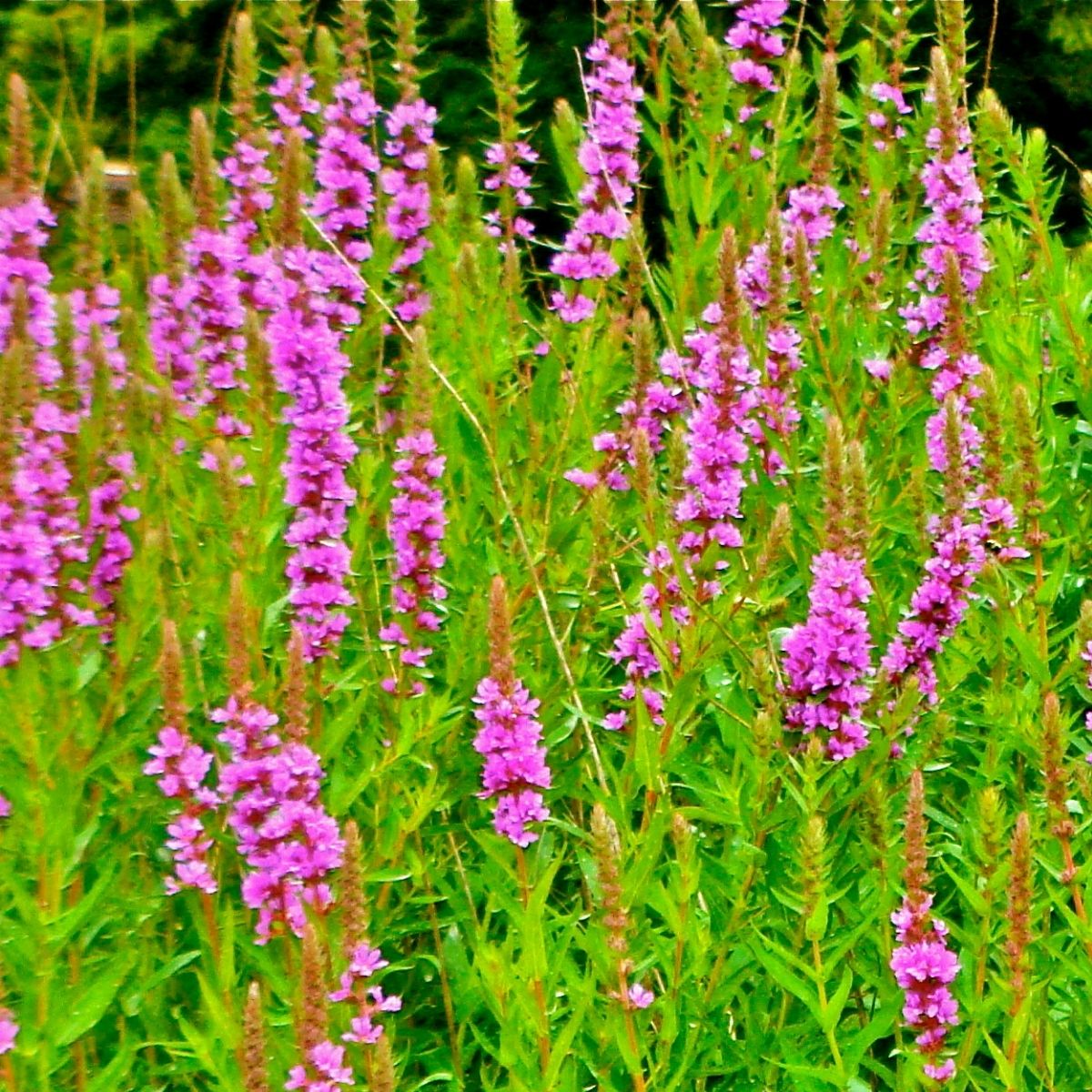

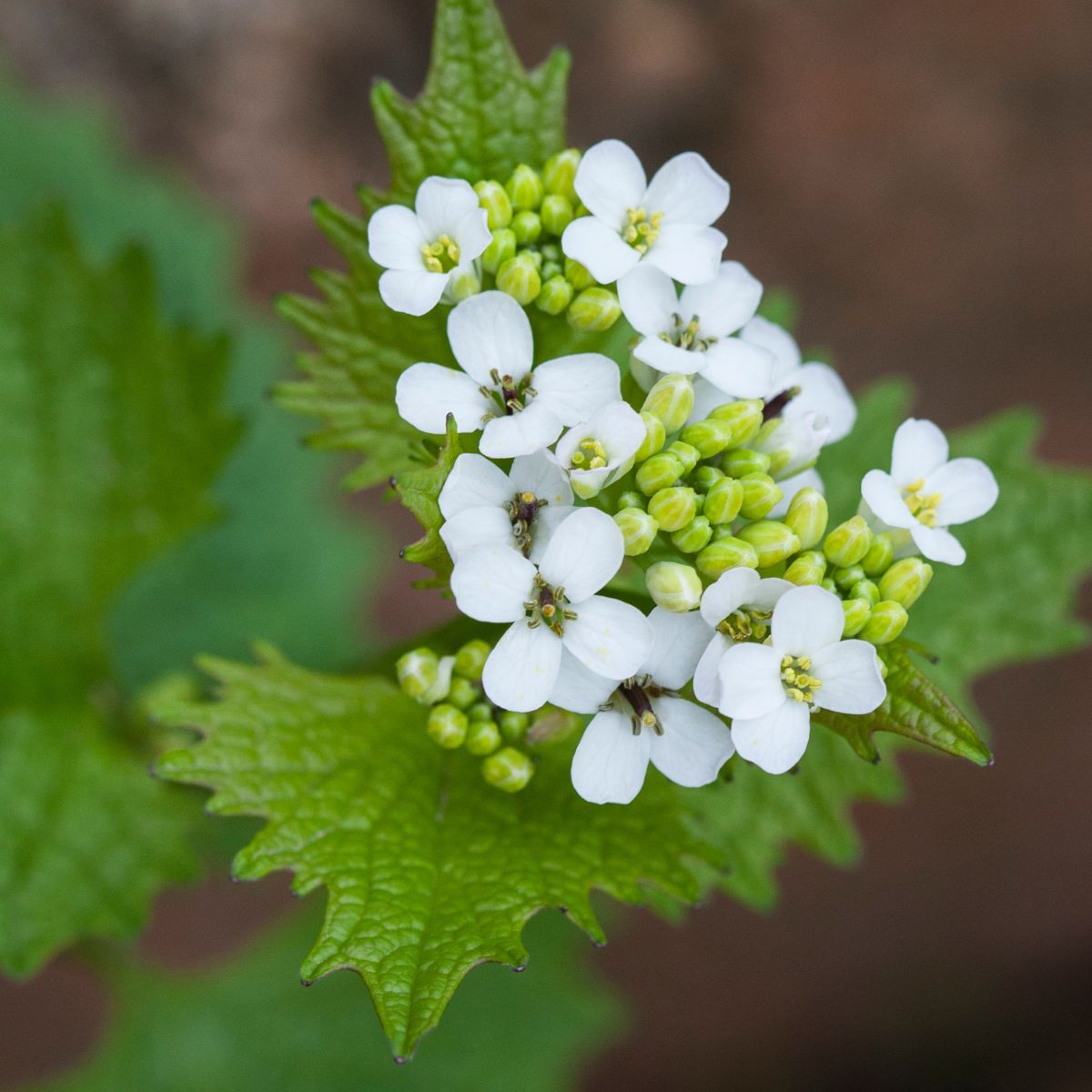
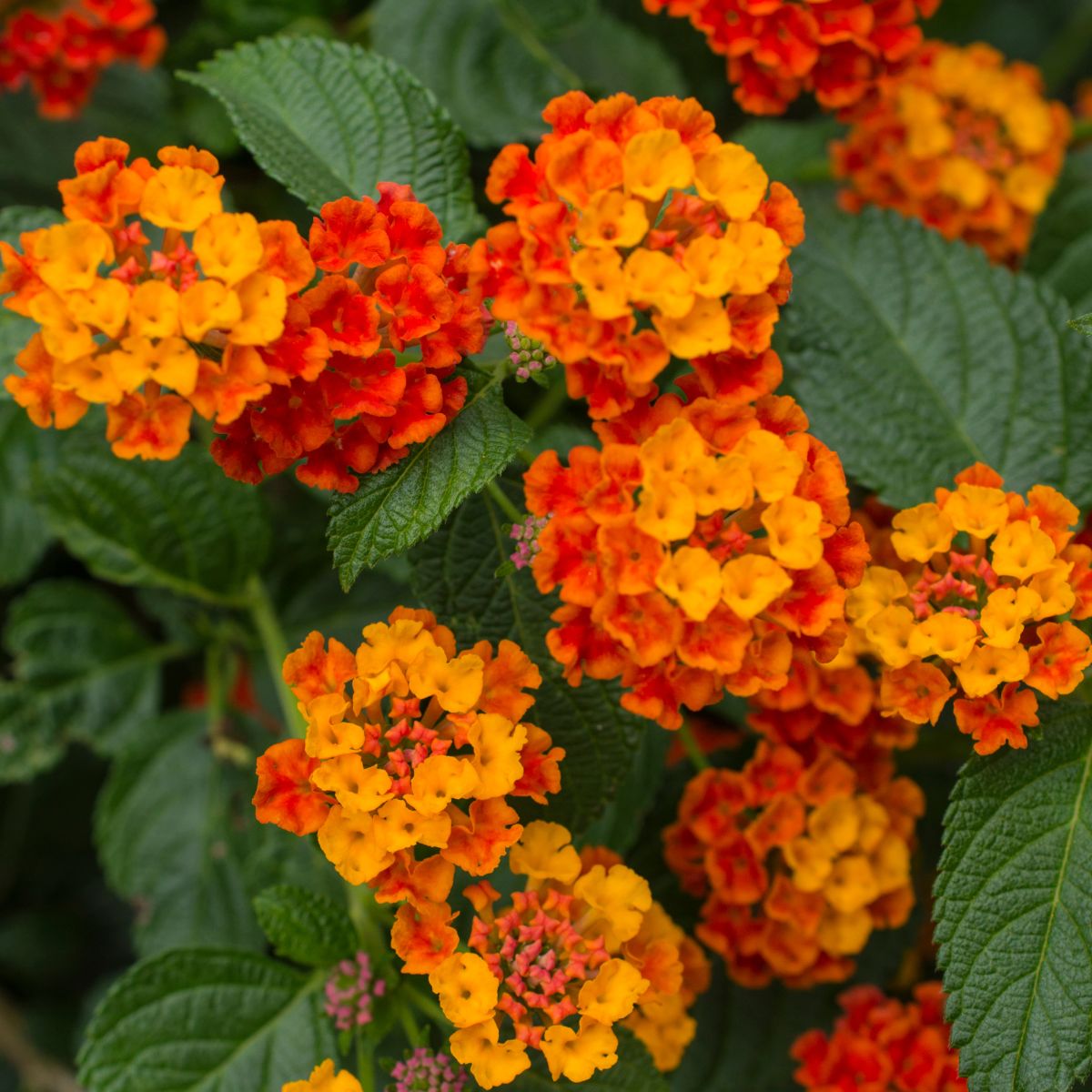
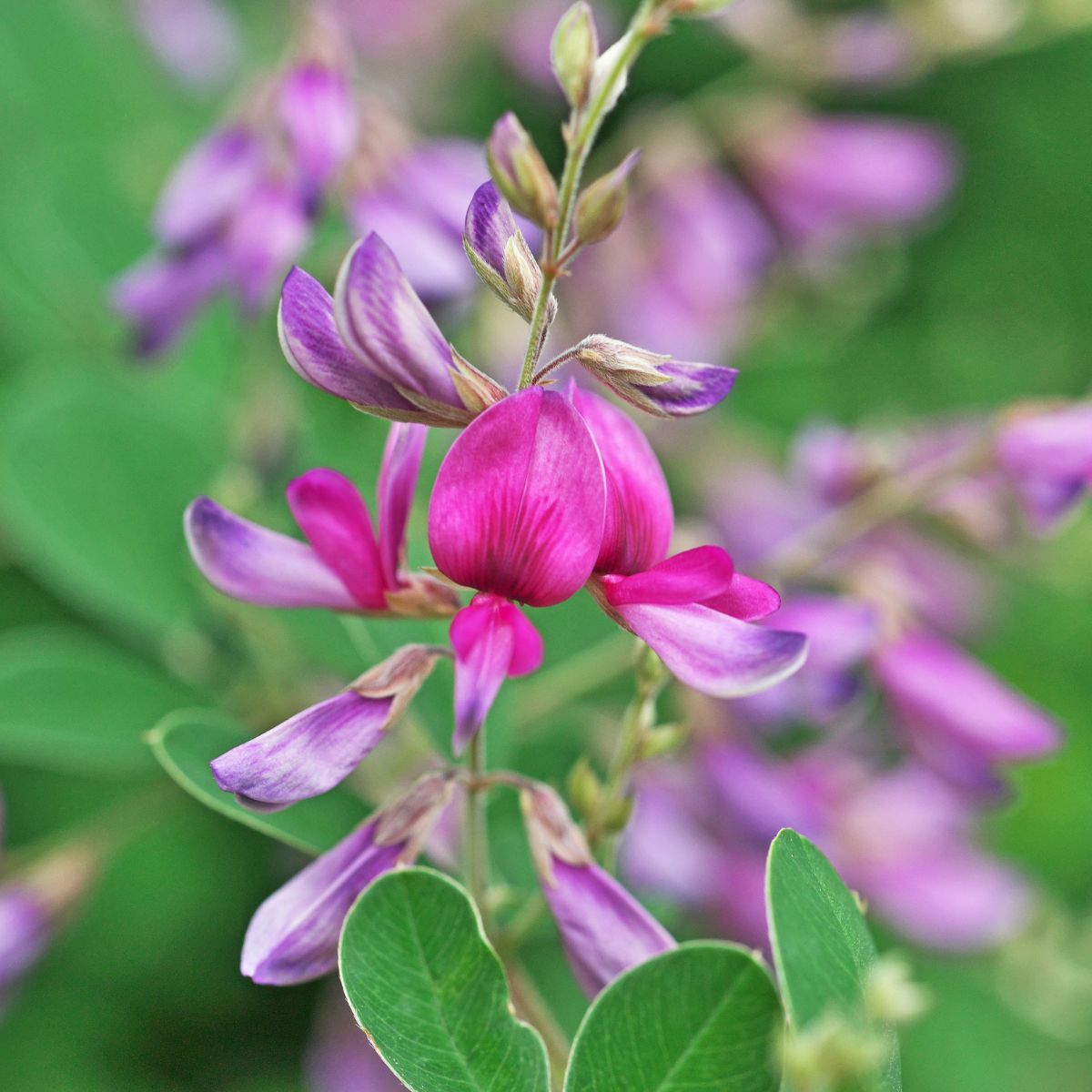
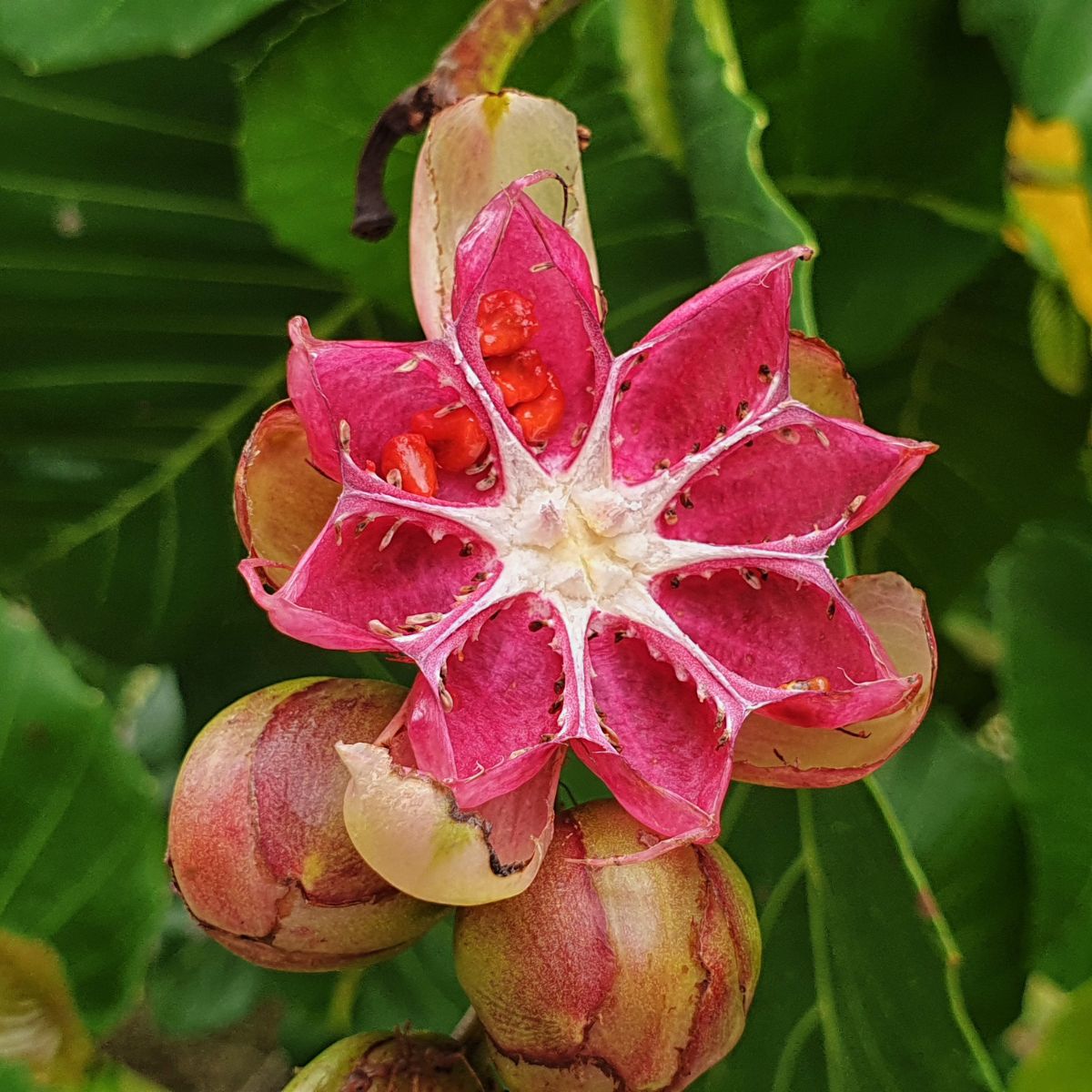
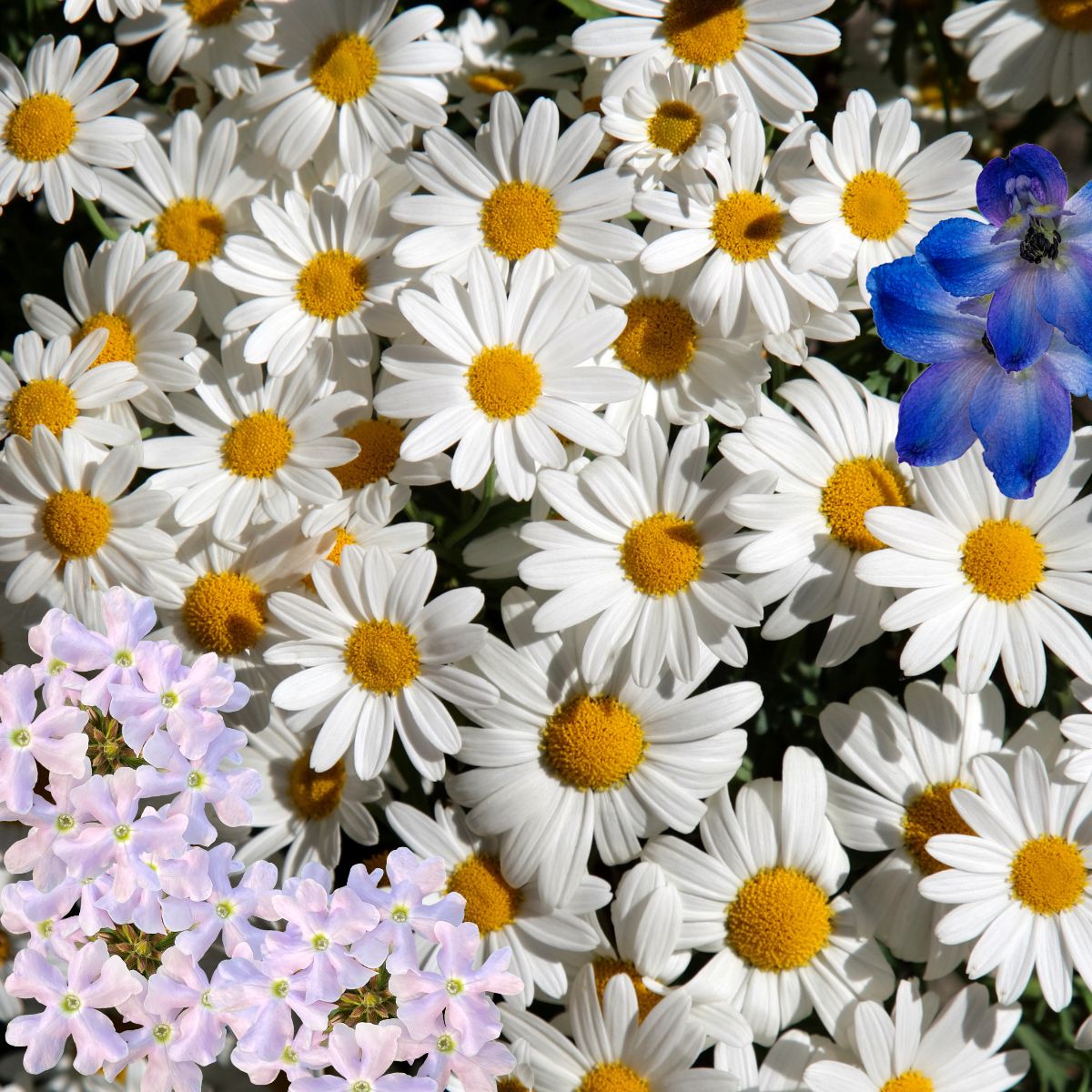
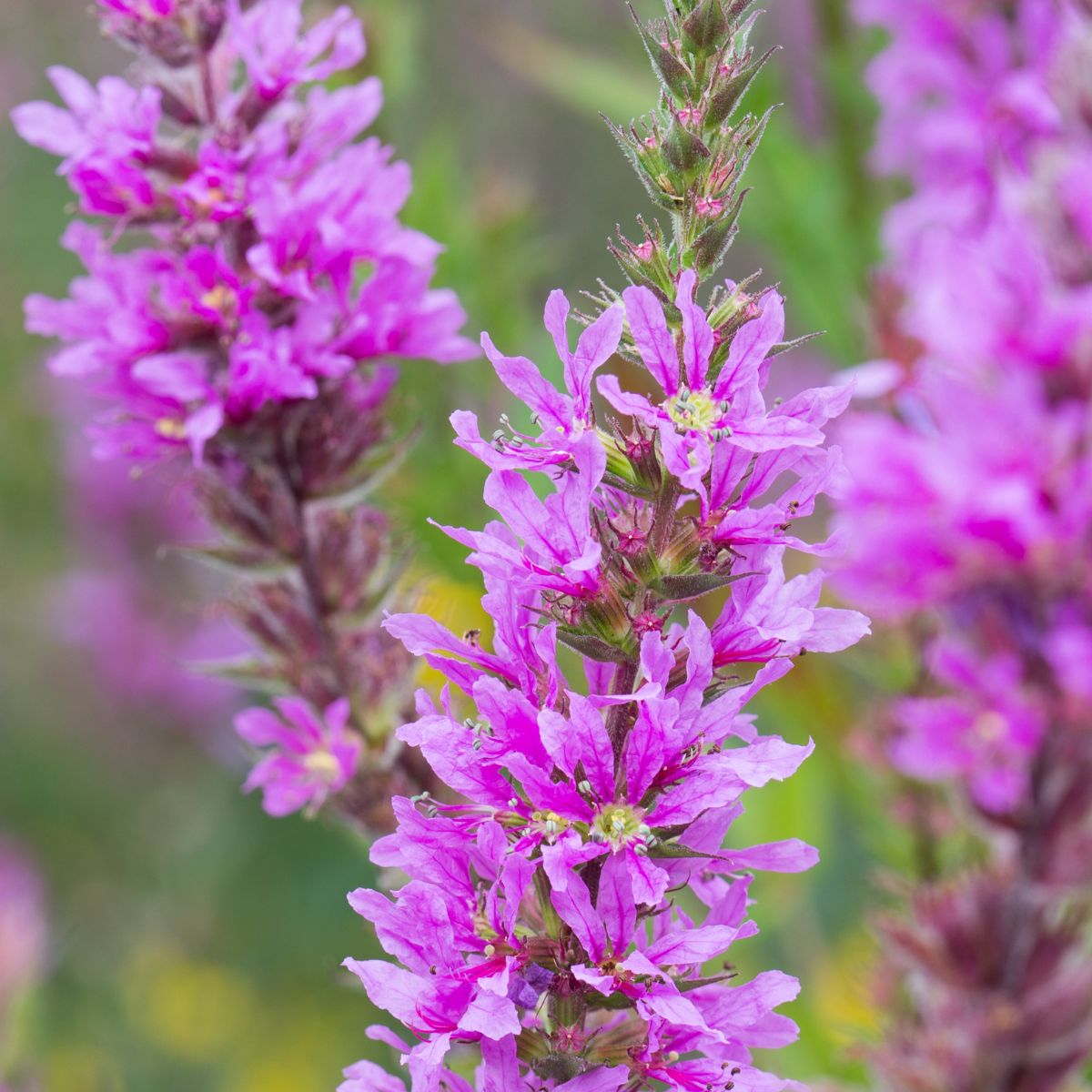
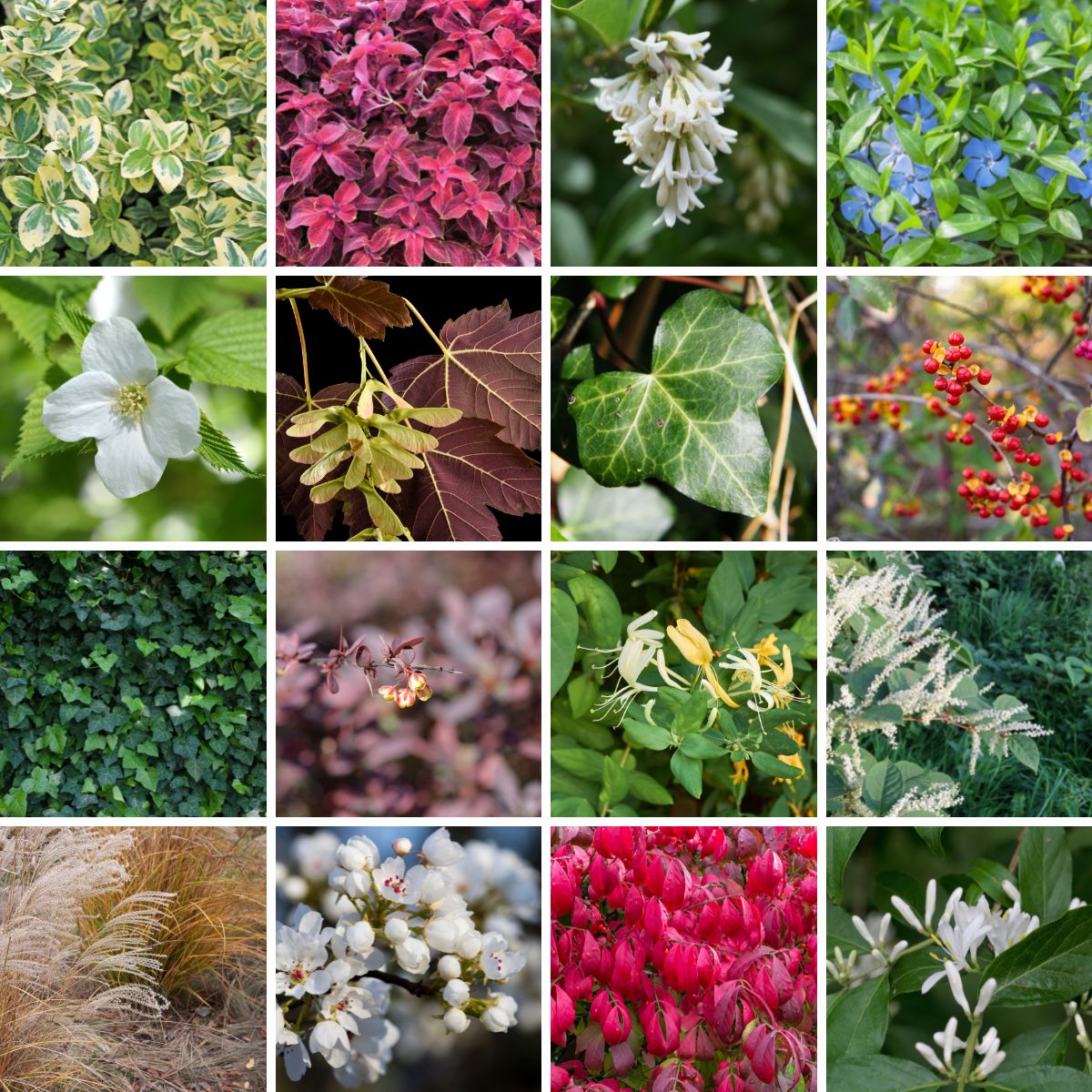
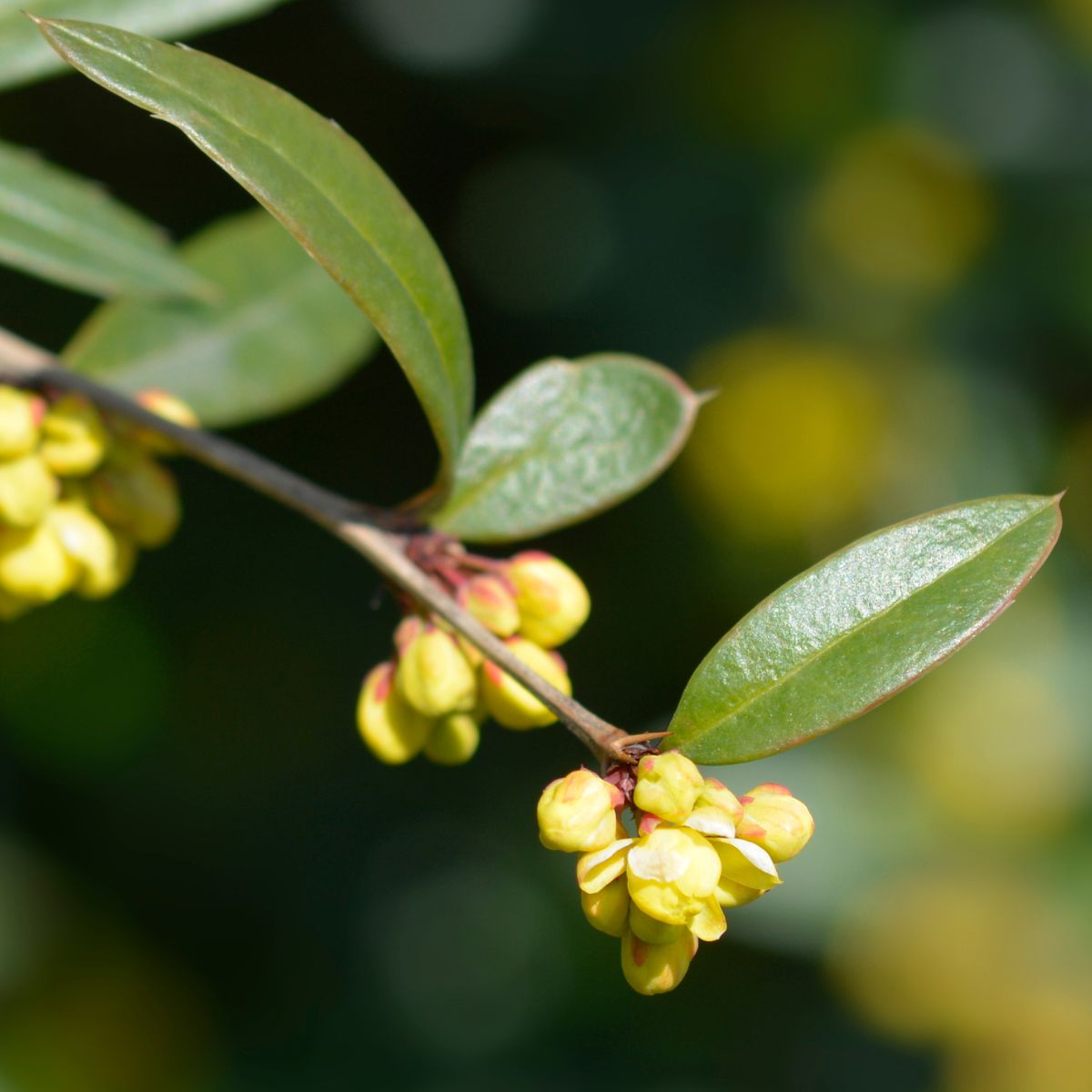
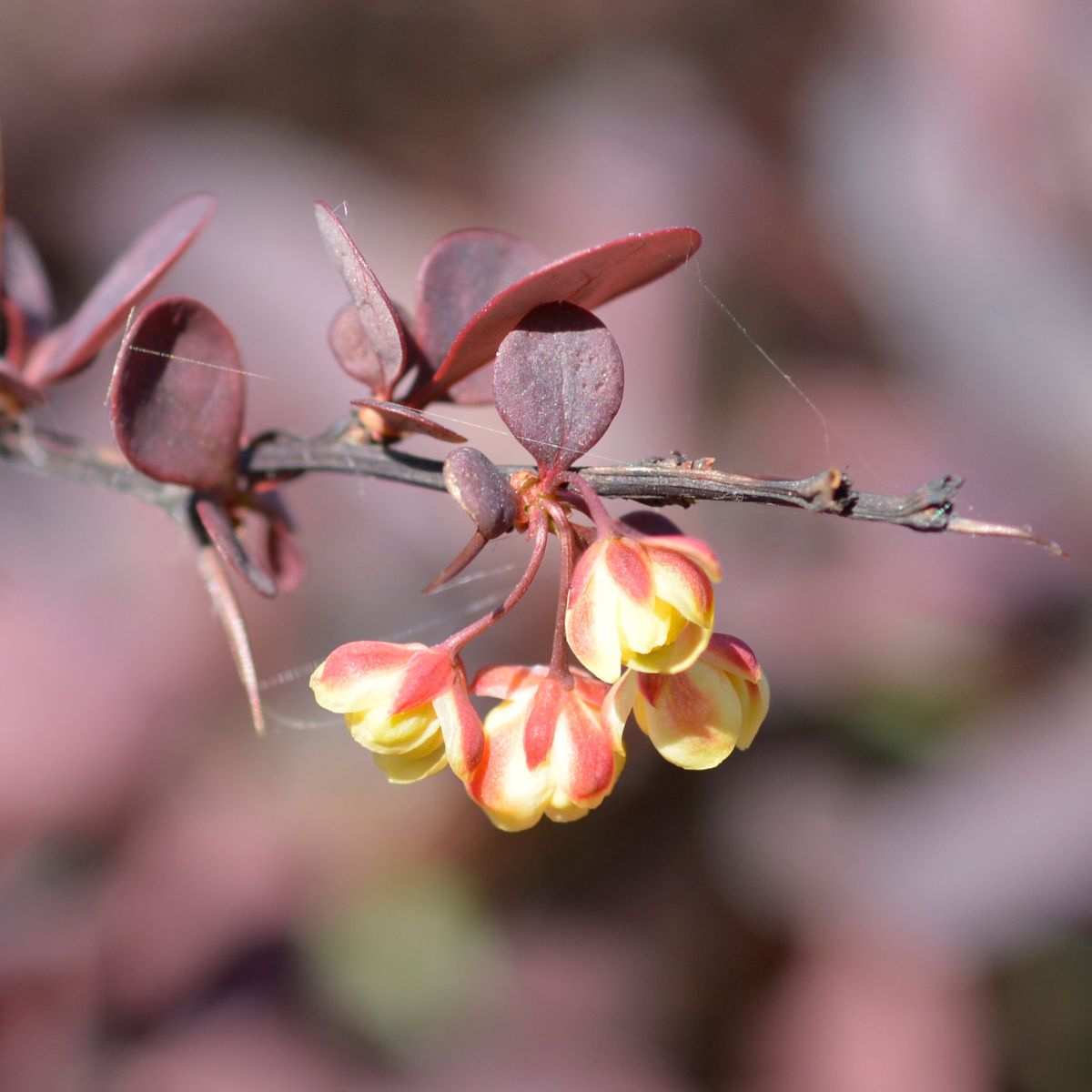
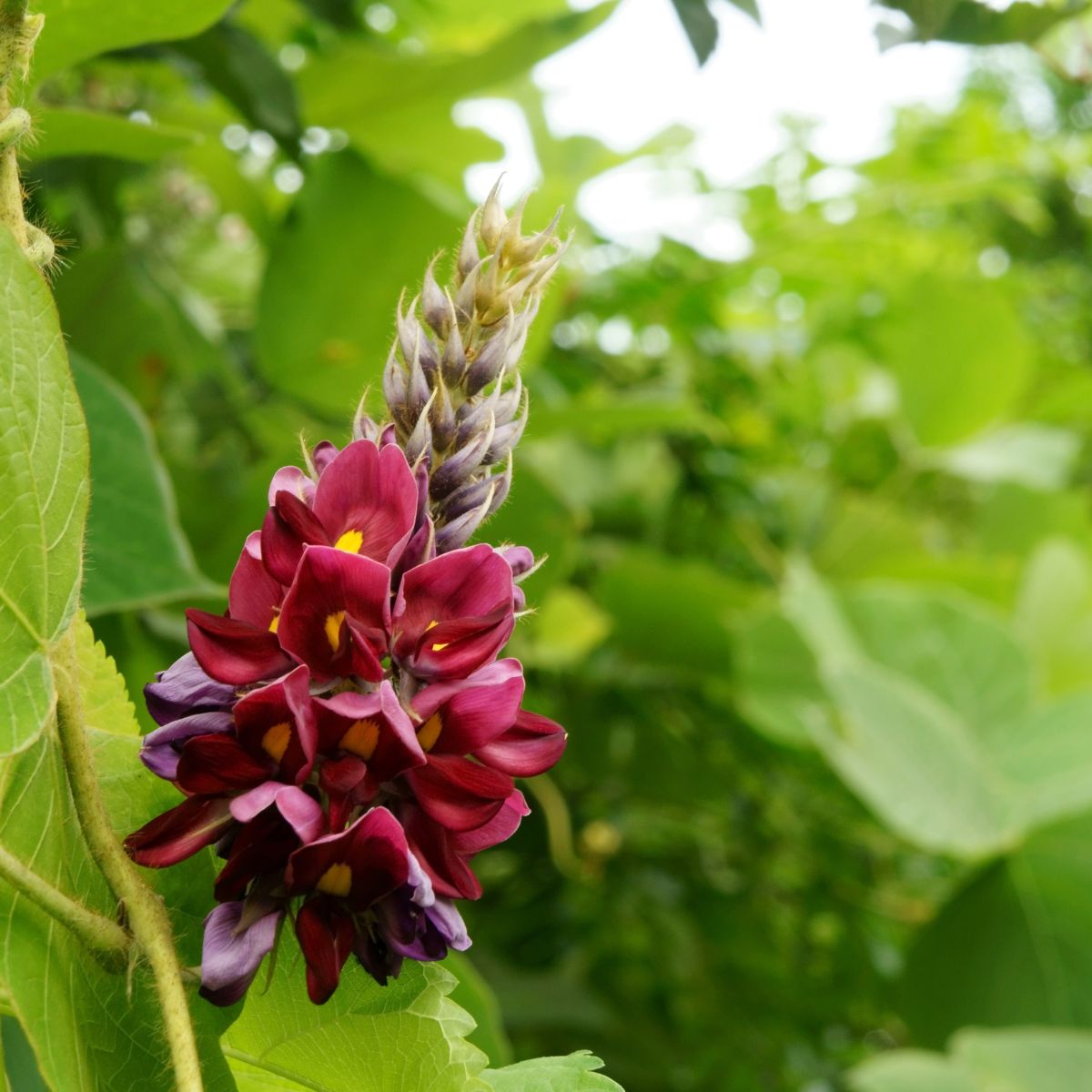
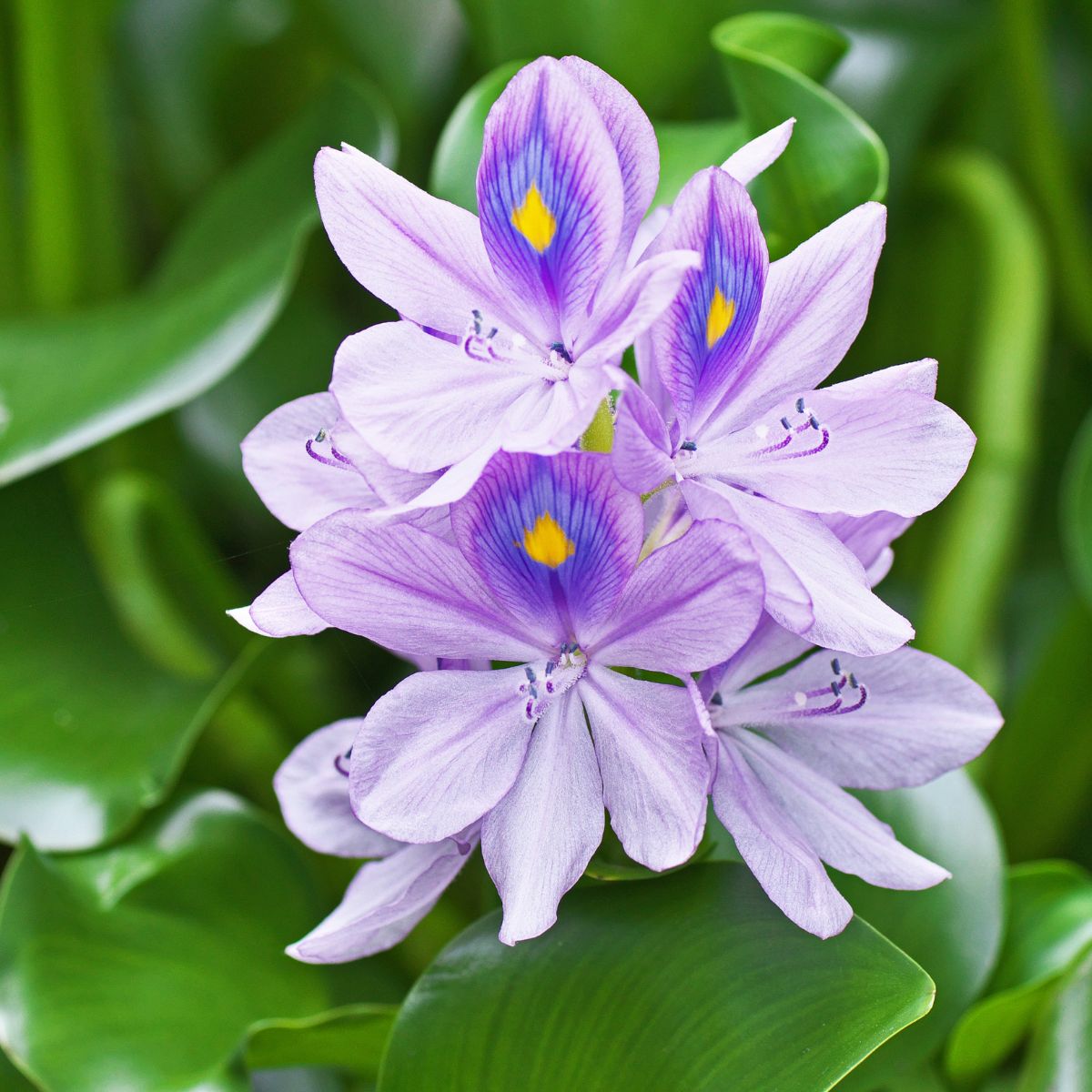
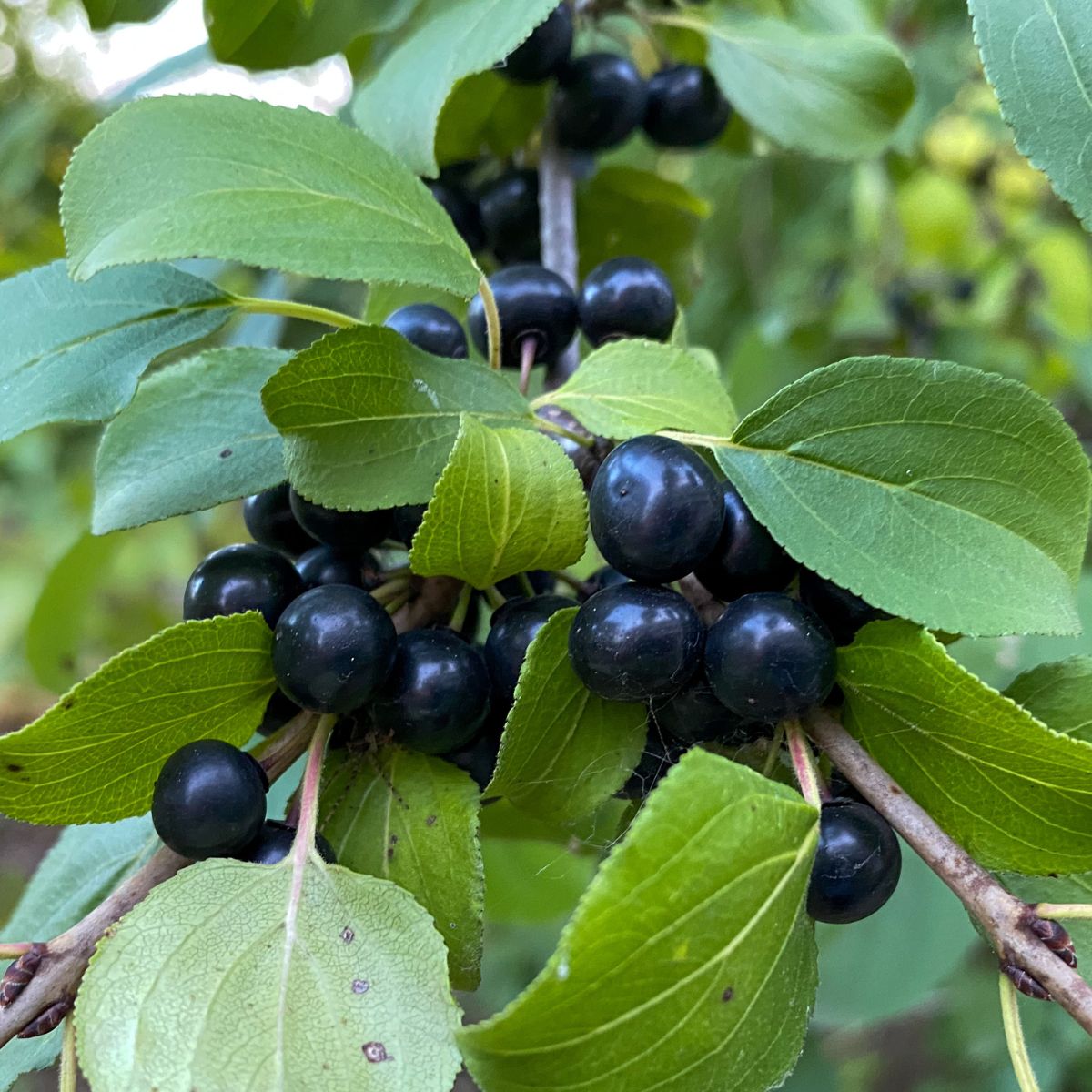
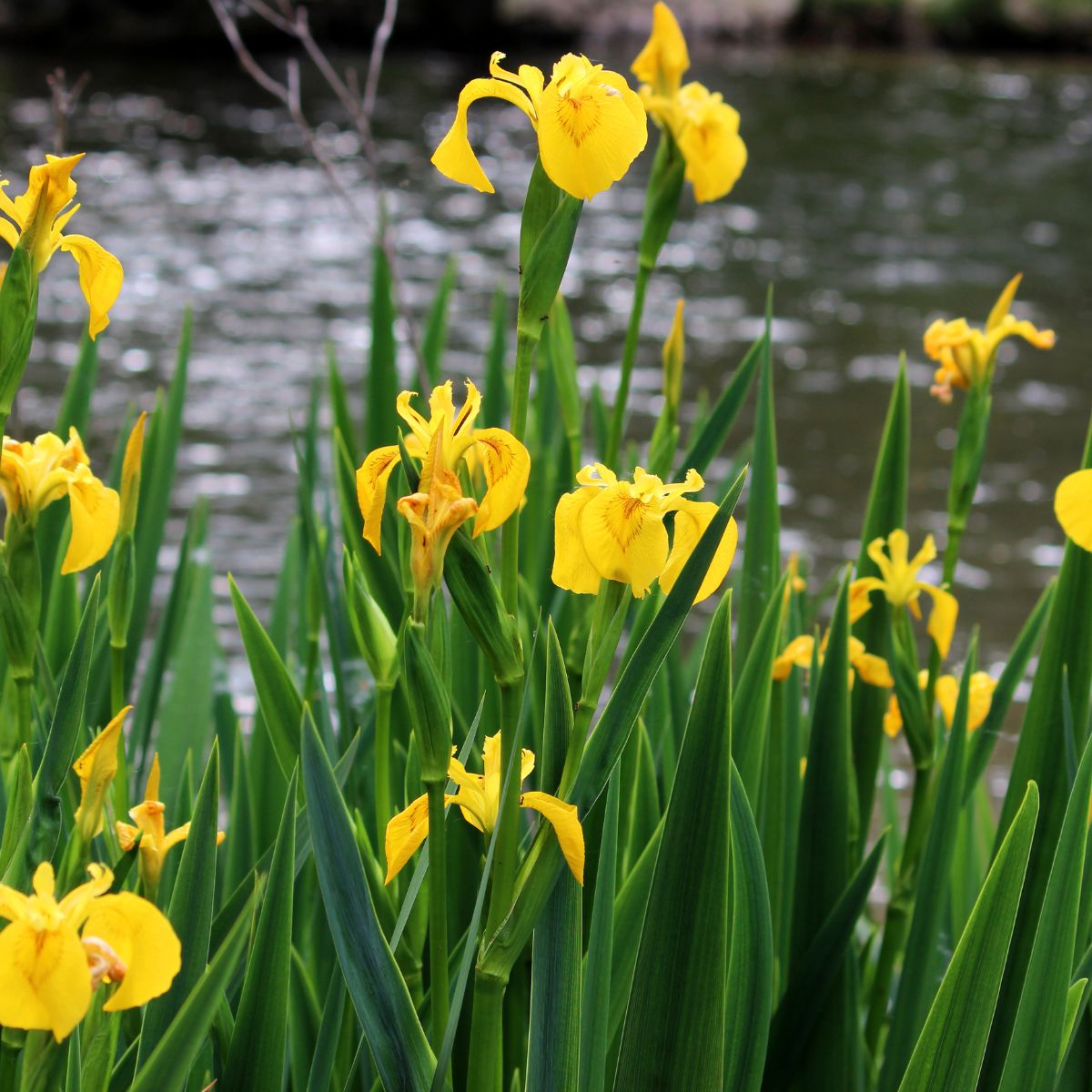
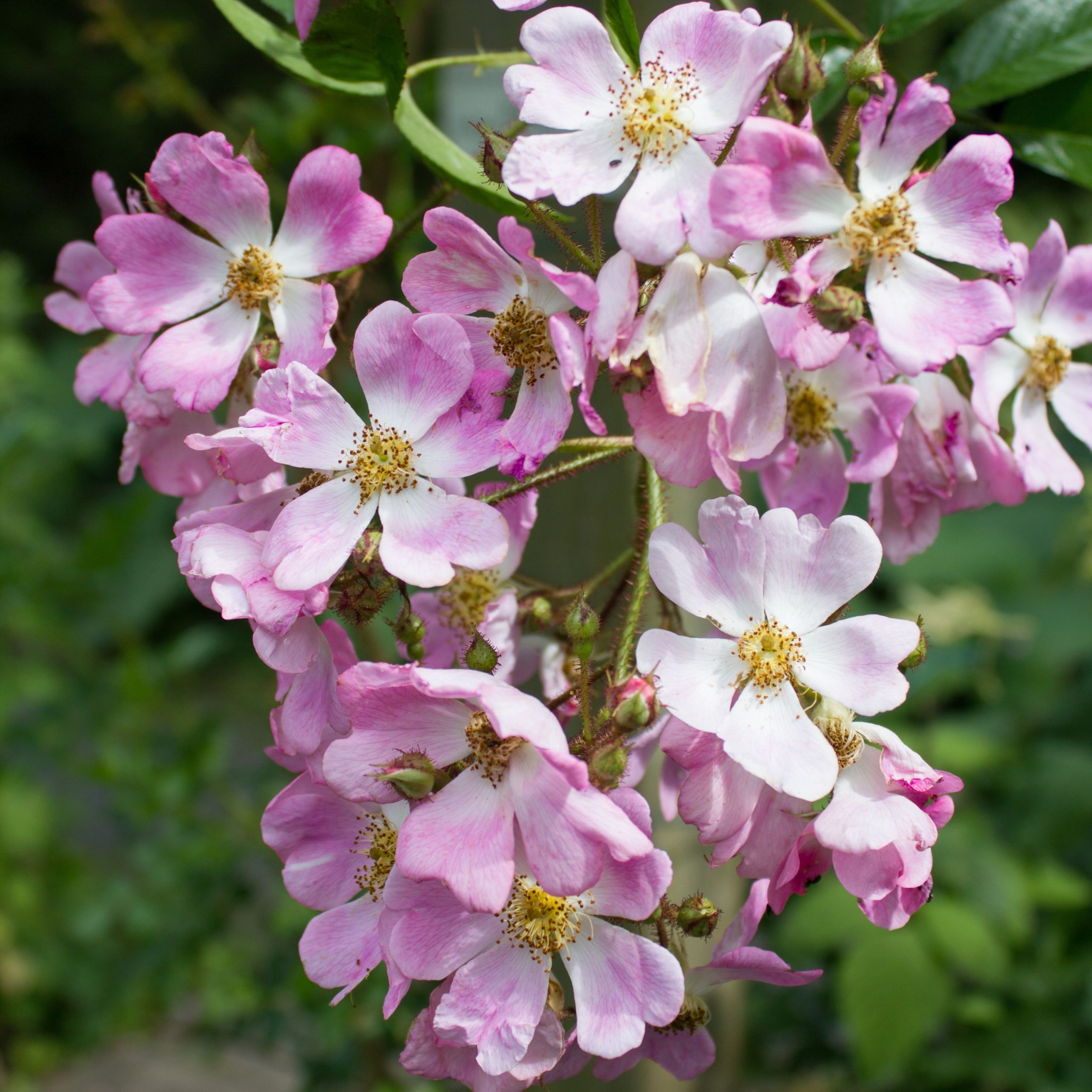
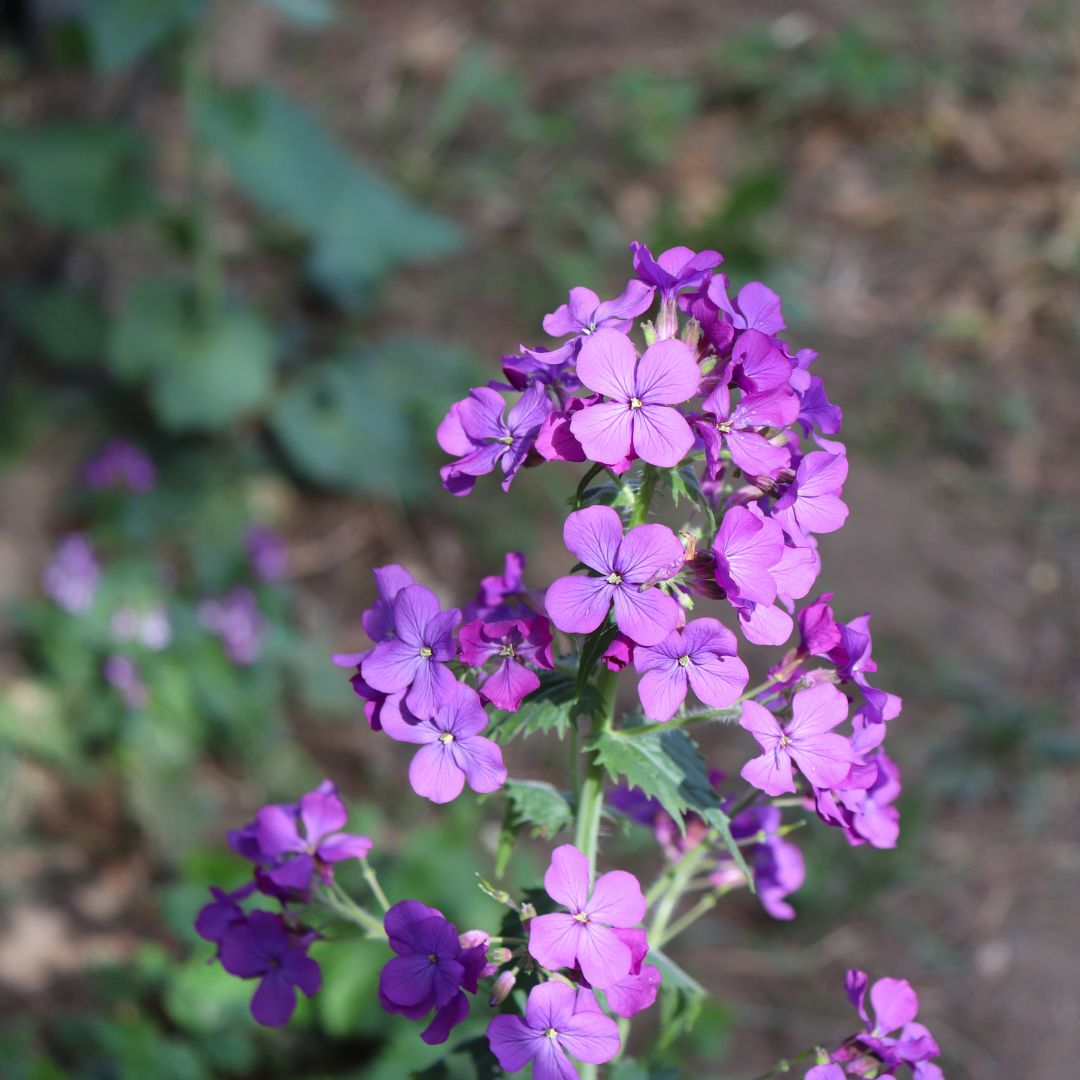
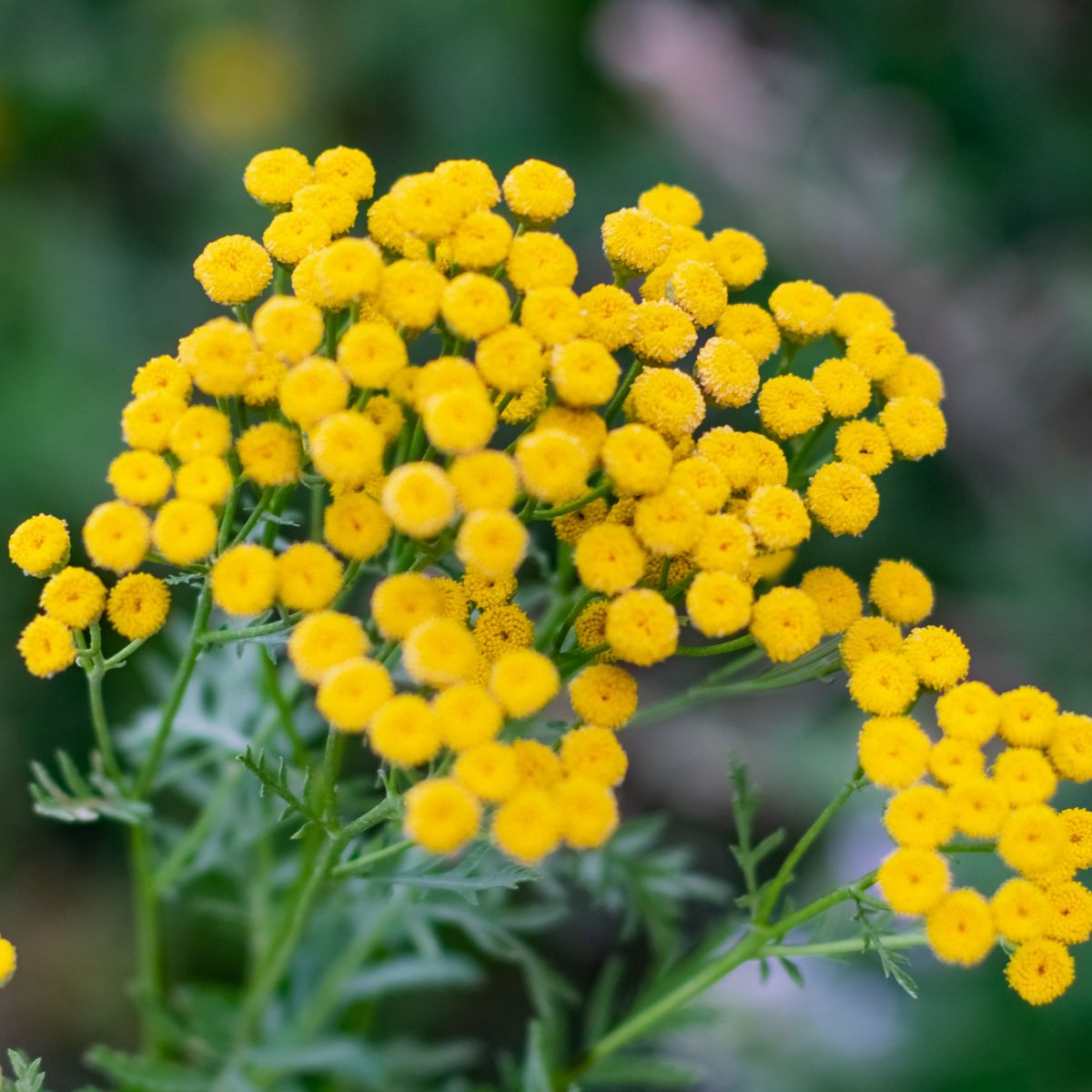
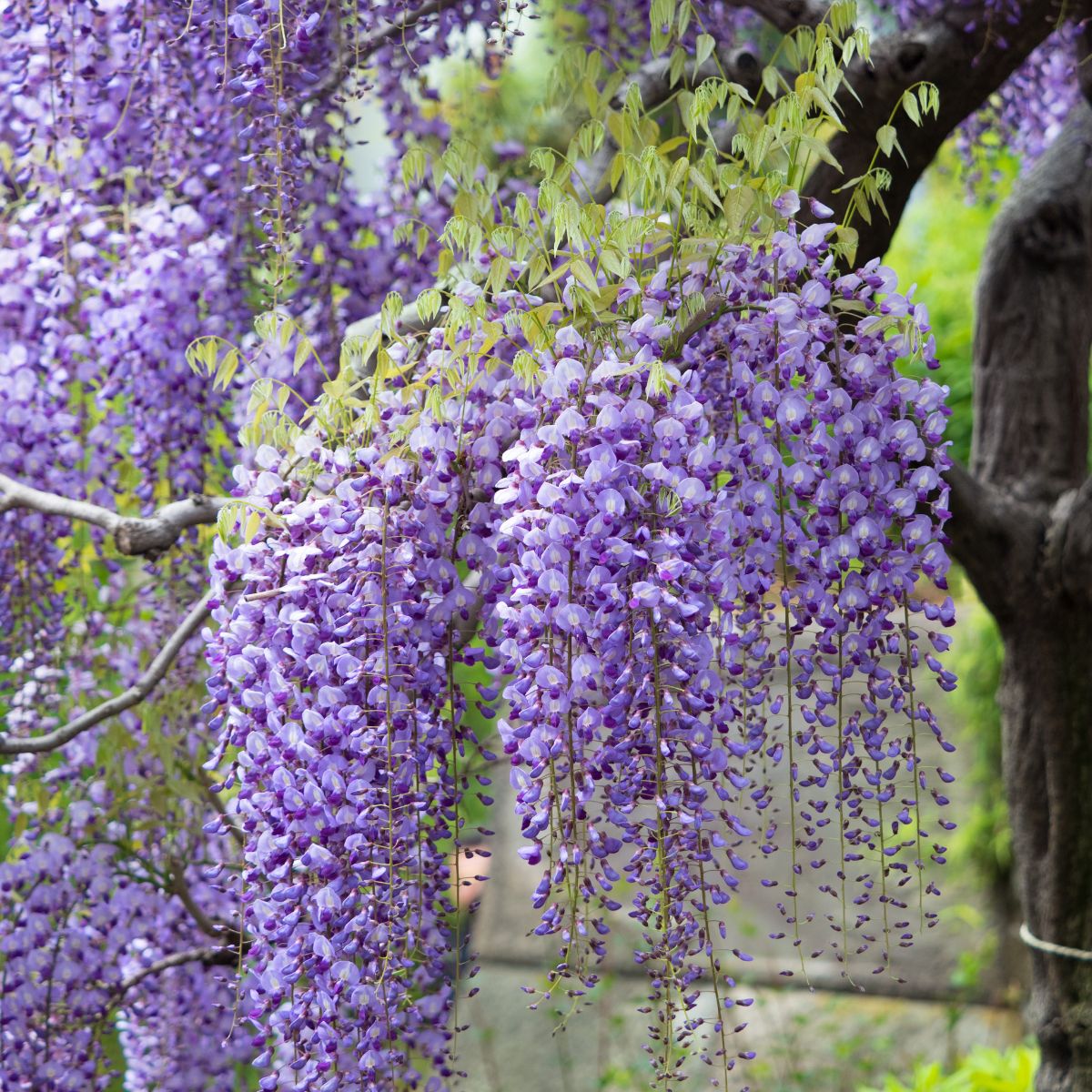
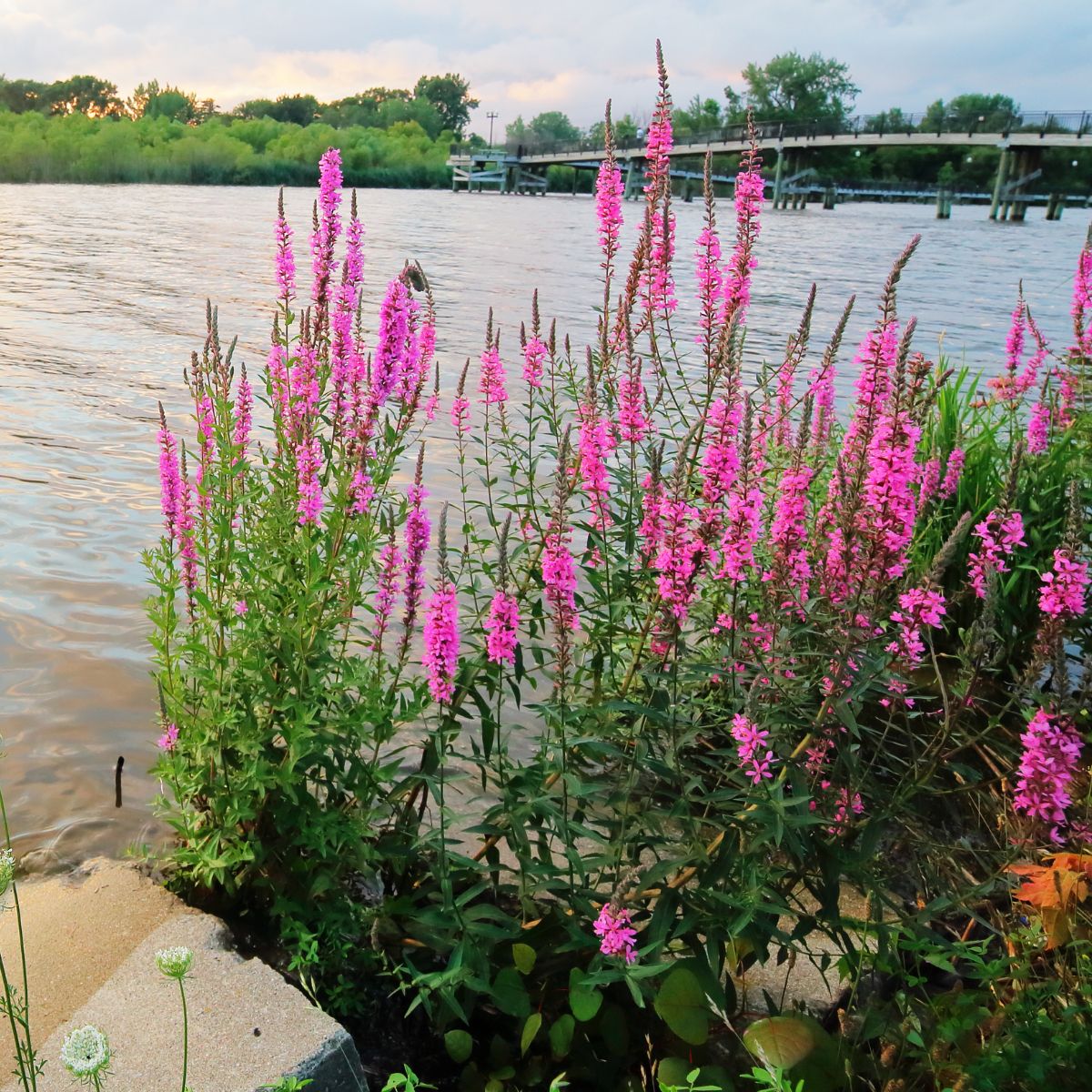
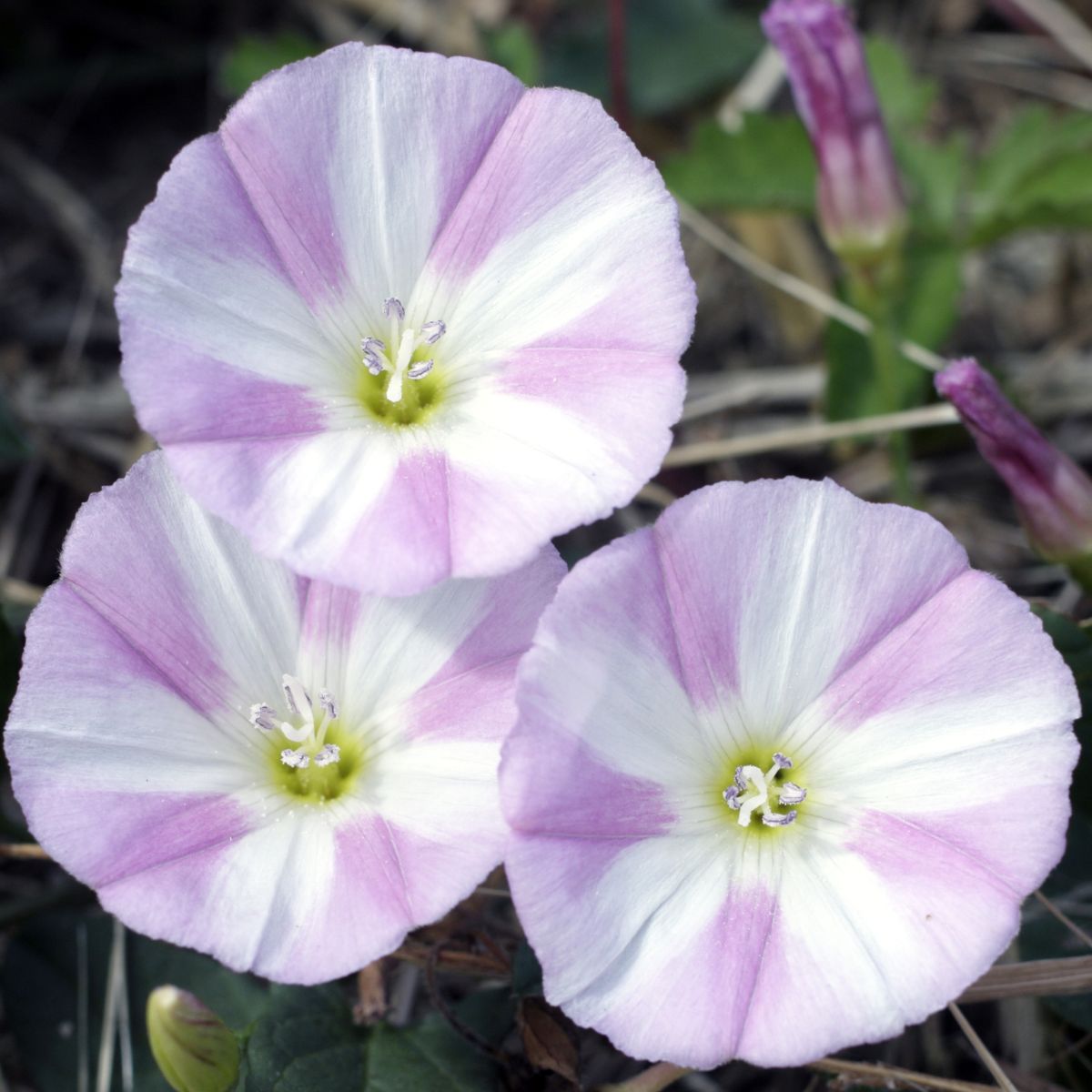
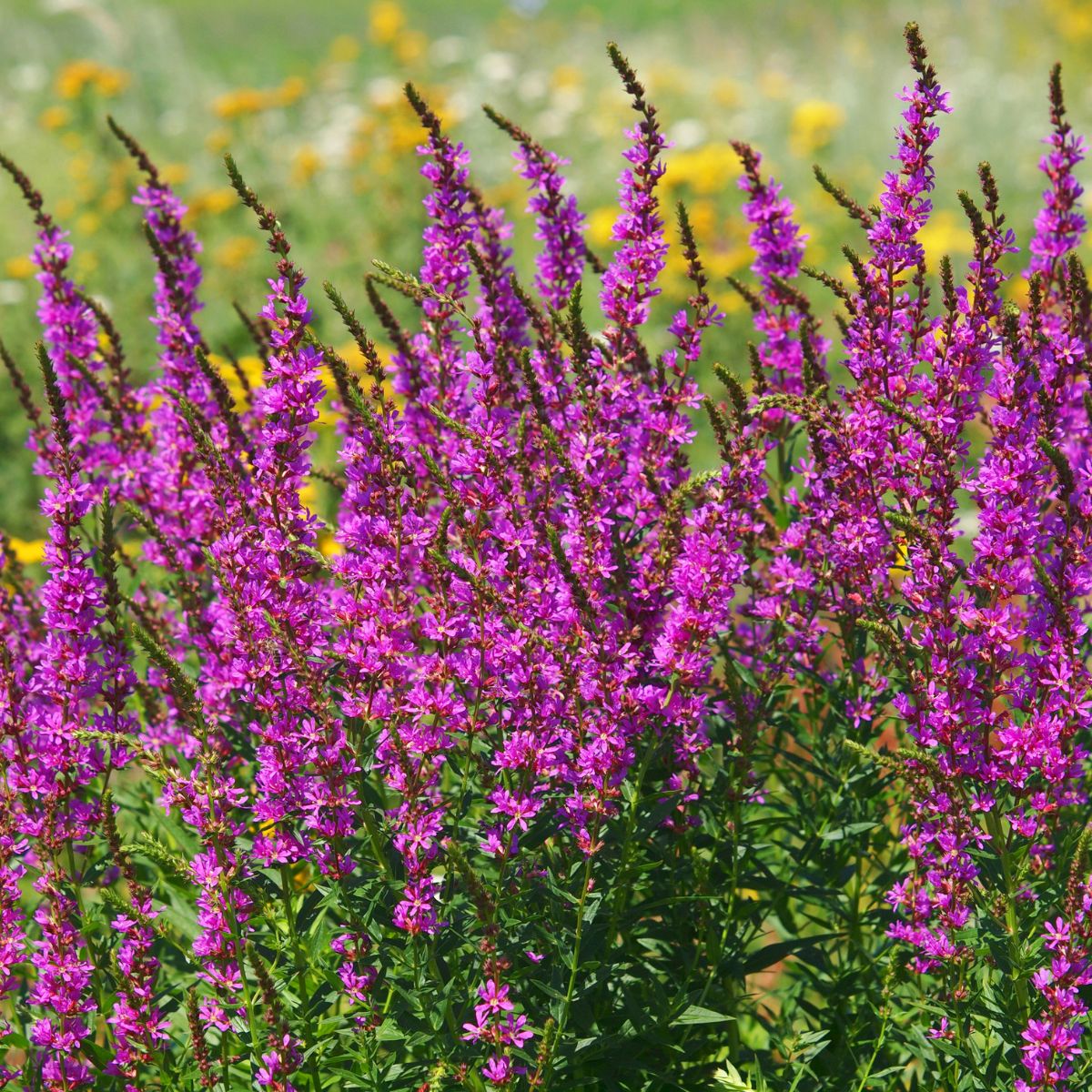
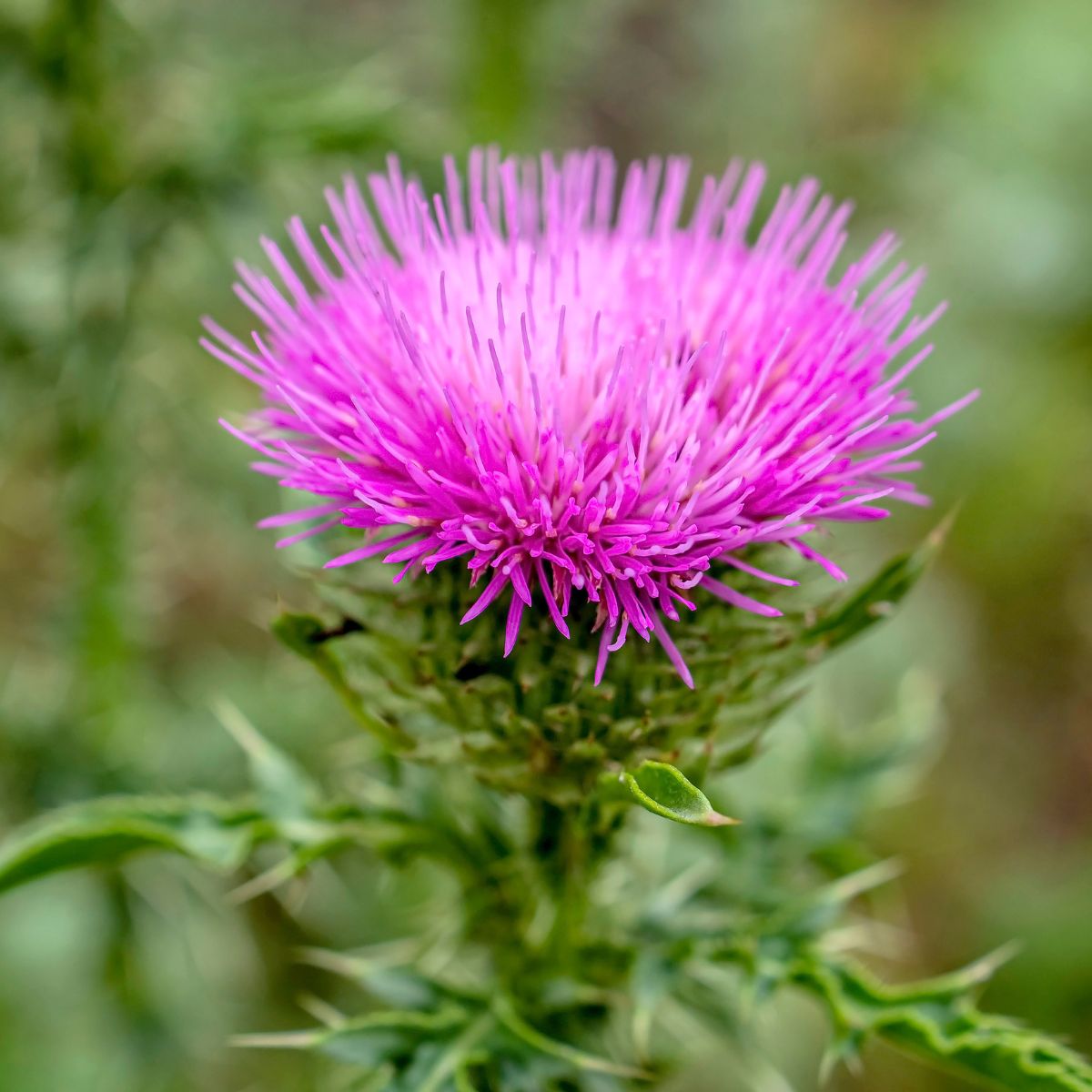
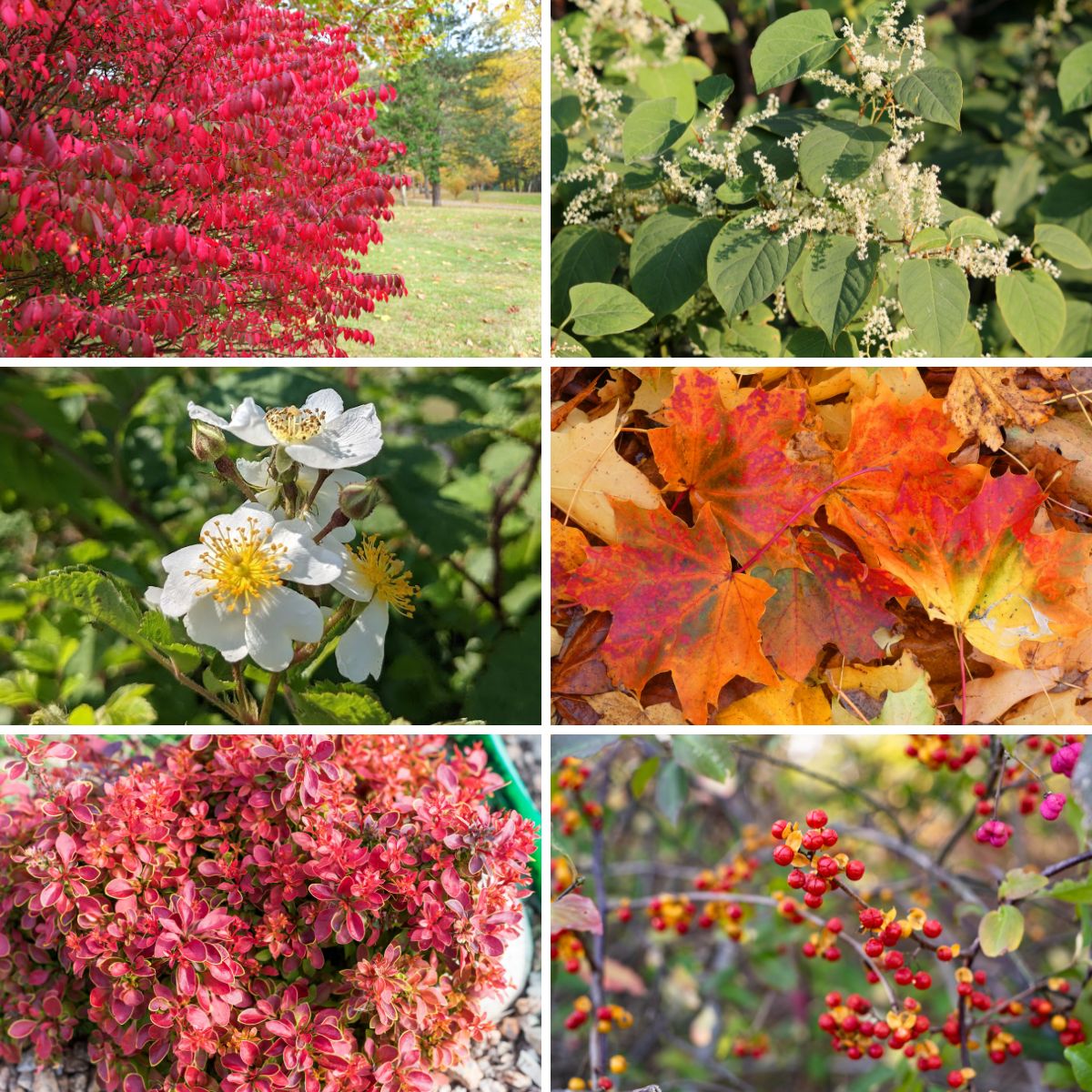
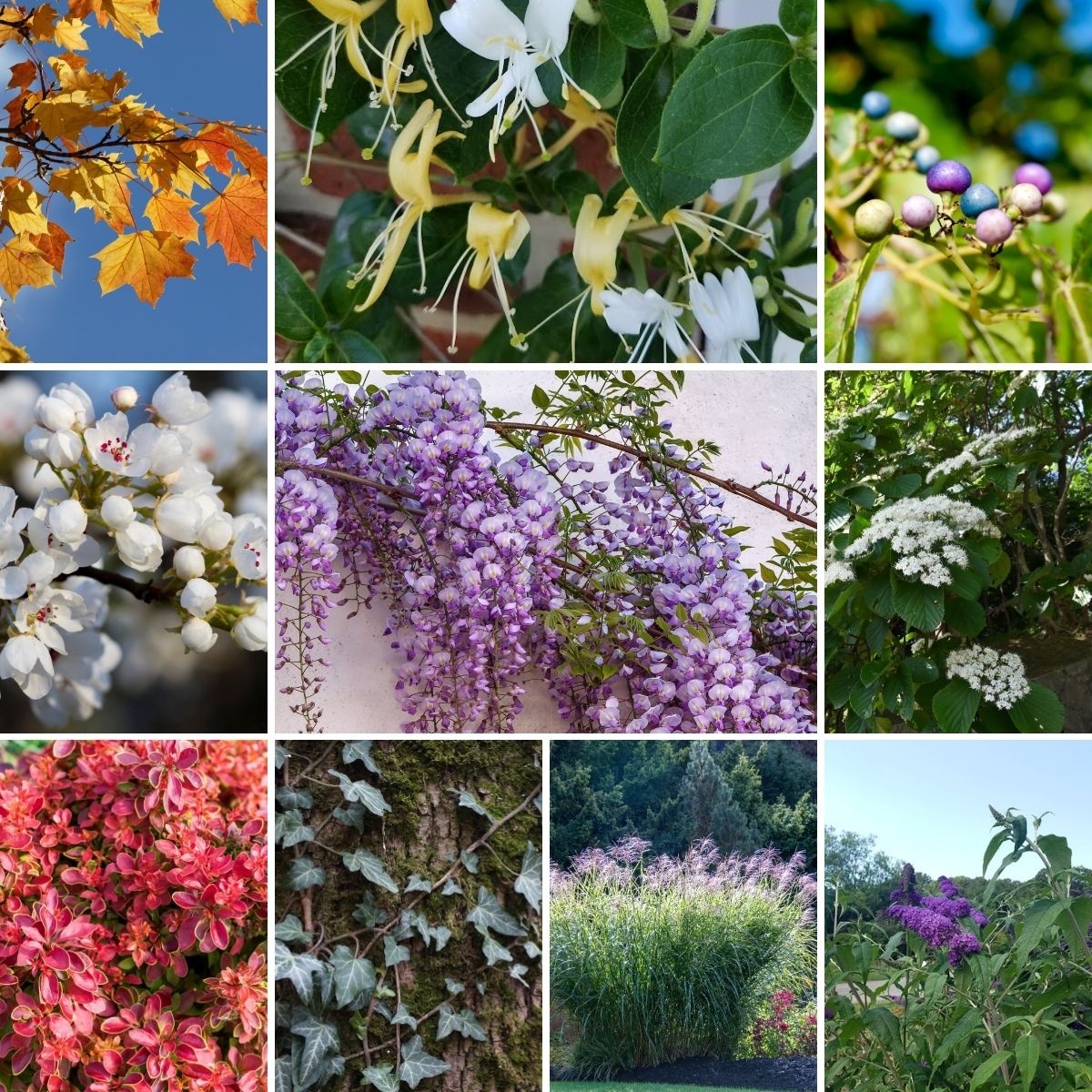
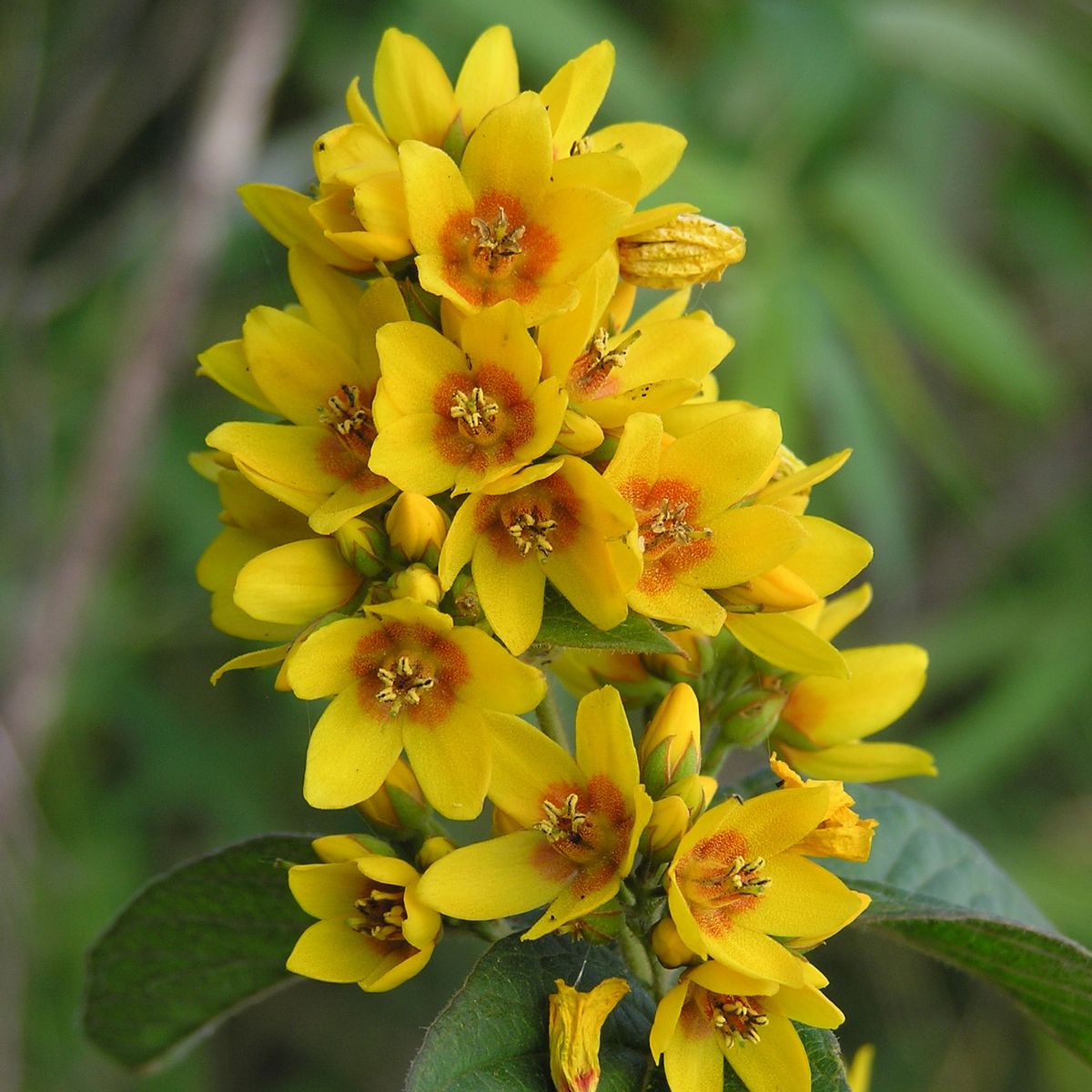
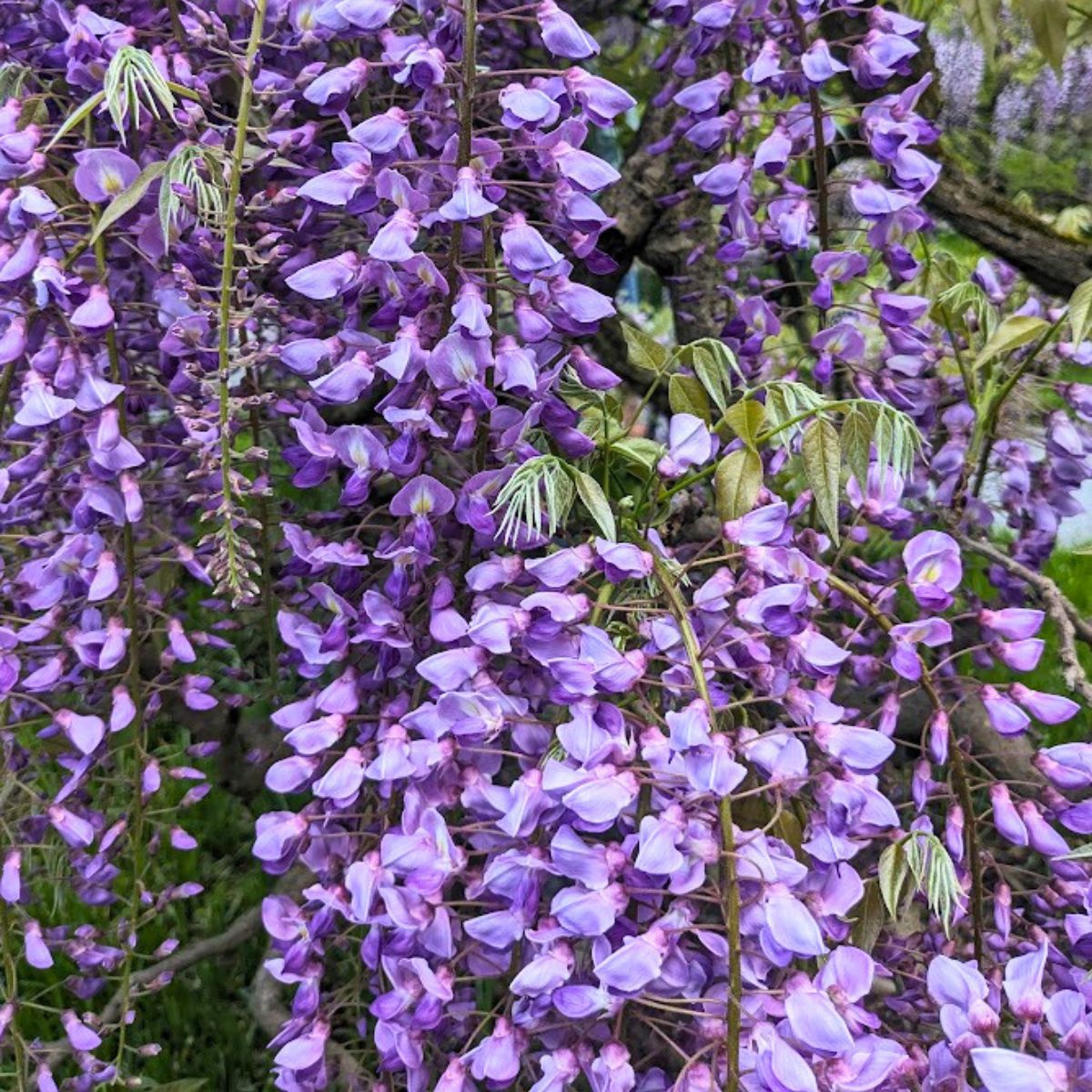
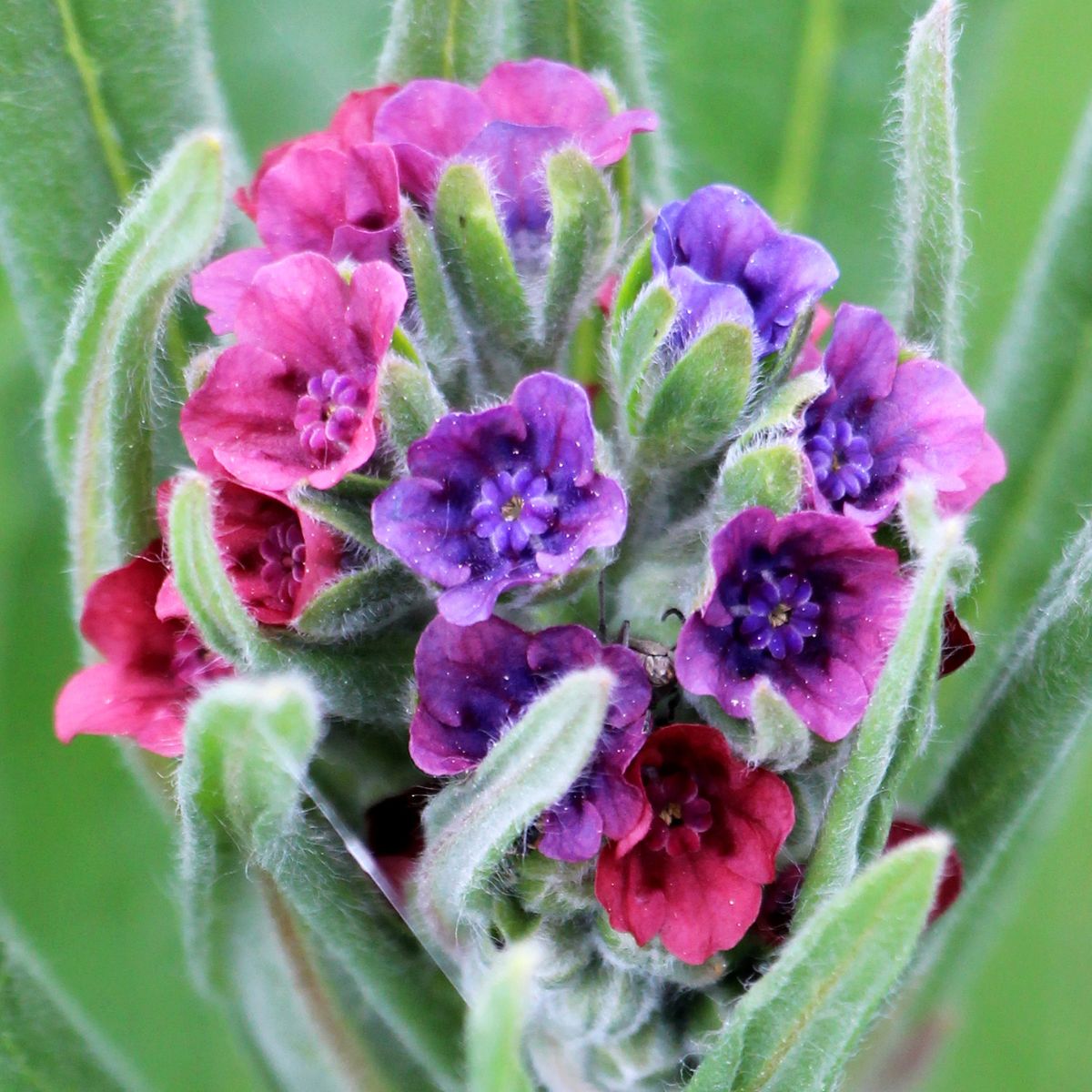
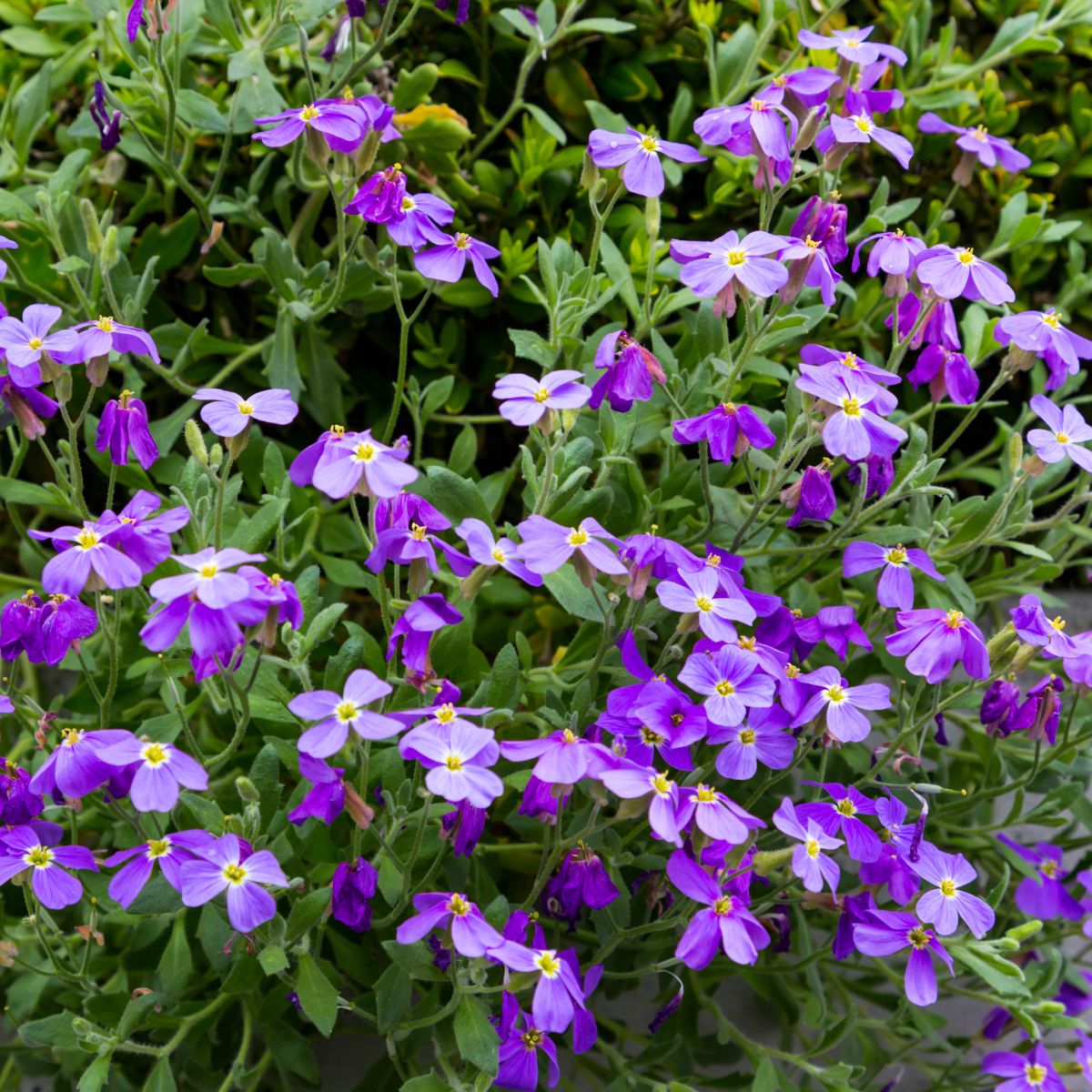
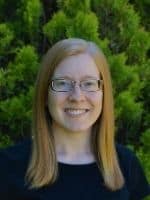
10 Simple Backyard Privacy Ideas
Tuesday 8th of August 2023
[…] Ivy can be invasive, so check with the National Invasive Species (here’s a link to lists of invasive plants by state) before […]
9 Invasive Plants In Nebraska Gardens (And 18 Natives To Plant Instead)
Monday 31st of July 2023
[…] planting any of the following invasive species, considering these could come from a garden center, nursery, friend or neighbor, or even a […]
12 Top Invasive Plants In Missouri (And 24 Native Alternatives)
Friday 14th of July 2023
[…] remove such plants from your landscape and be intentional about not introducing any others — some invasive plants are still sold in nurseries and garden […]
How To Get Rid Of Johnsongrass In The Garden And Lawn
Friday 14th of July 2023
[…] more about invasive species in your area to spot them, and take quick action before they […]
14 Common Invasive Plants In Montana (And 28 Native Plants To Grow Instead)
Wednesday 12th of July 2023
[…] you find any of the following invasive species growing on your property, contact your local Extension office for instructions on proper removal. And once you remove them, […]